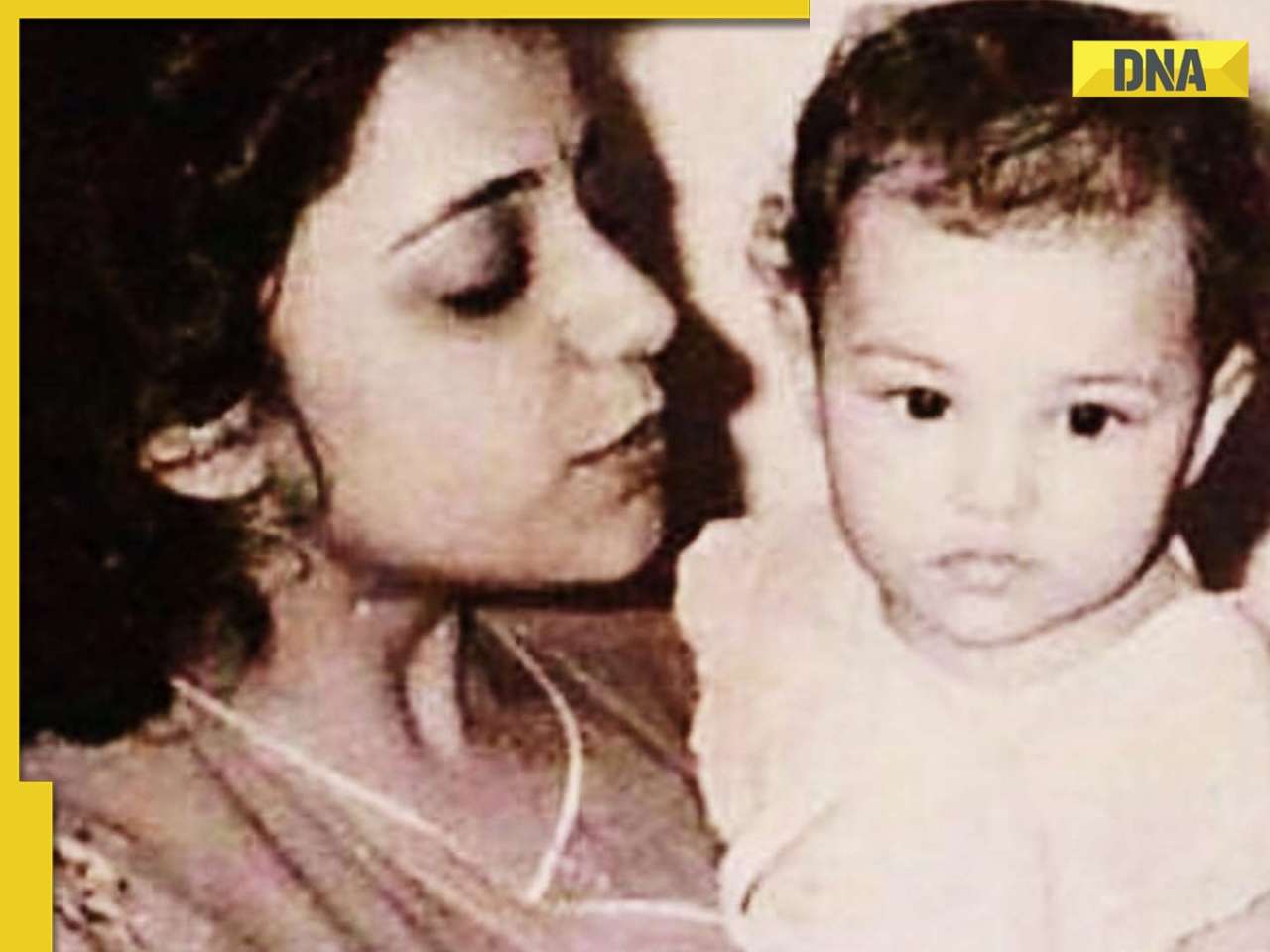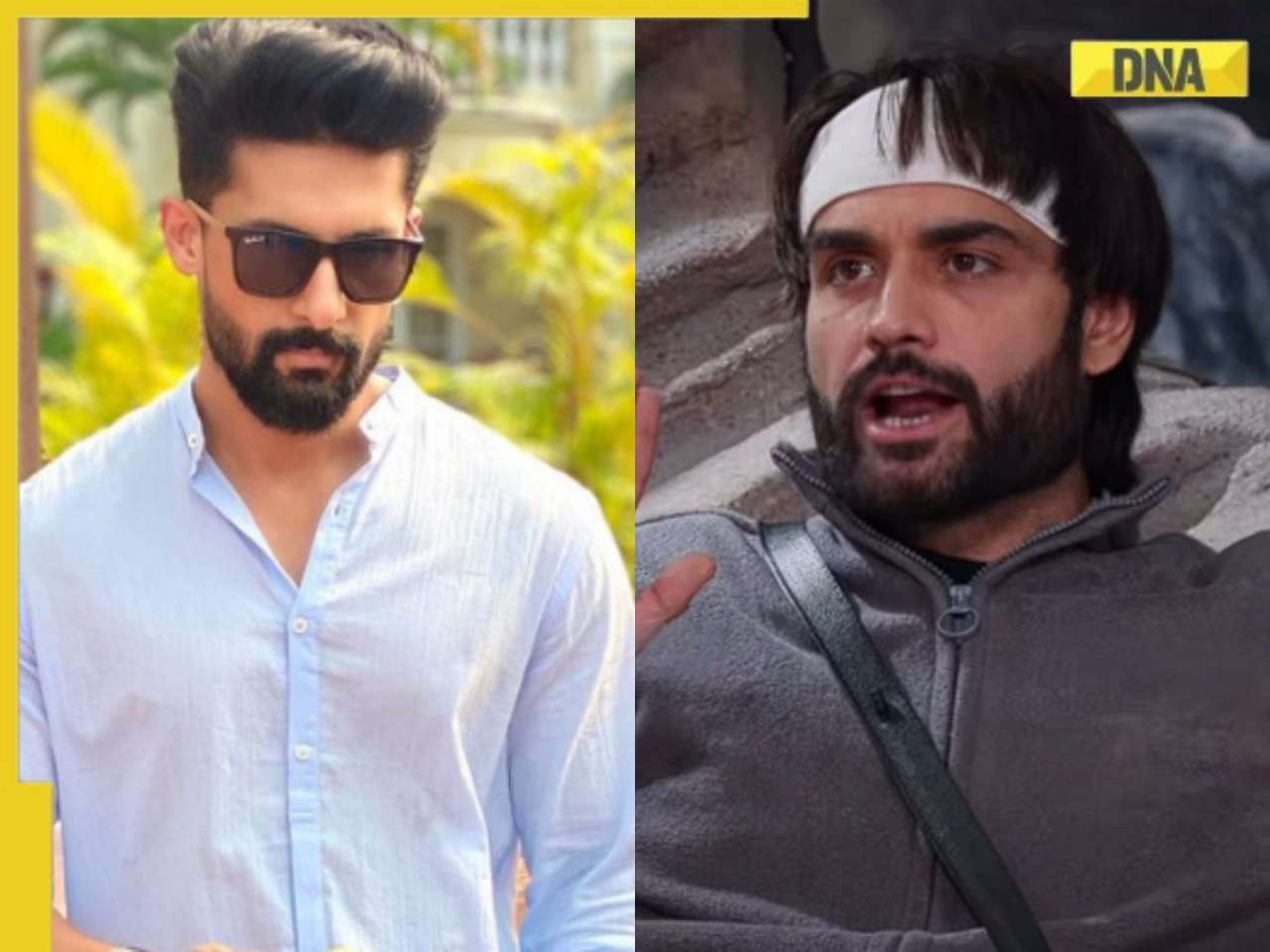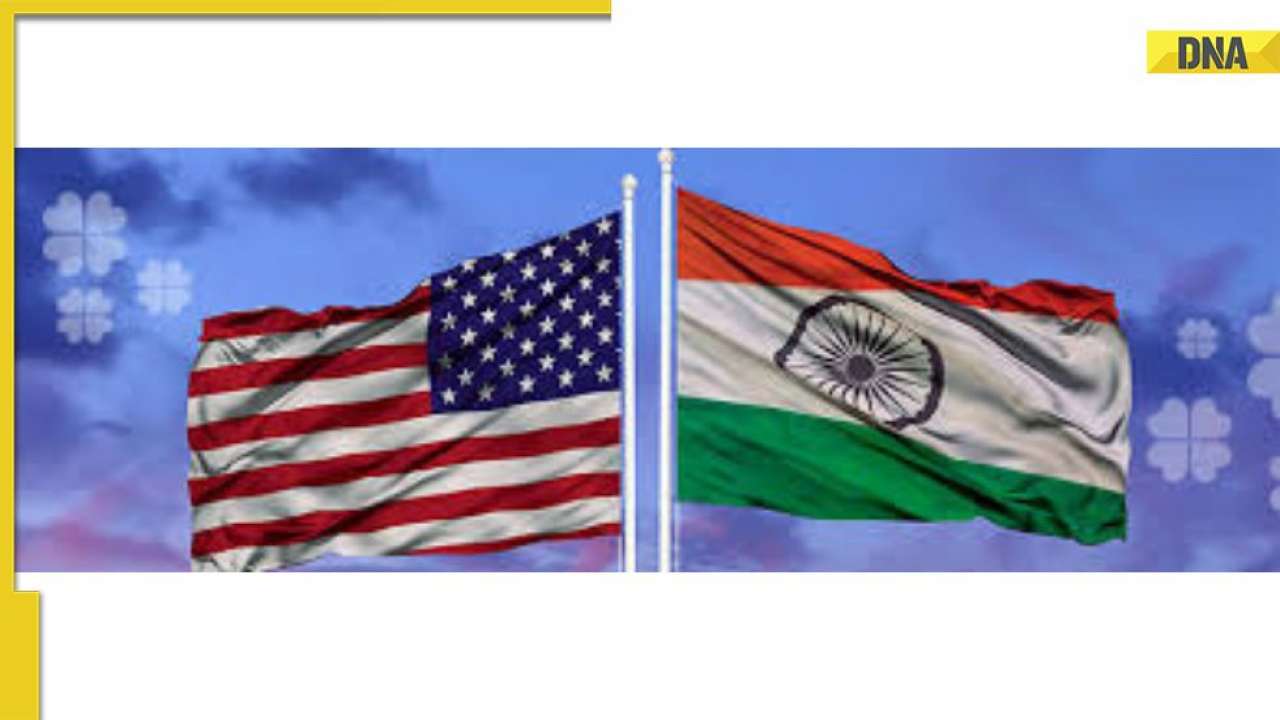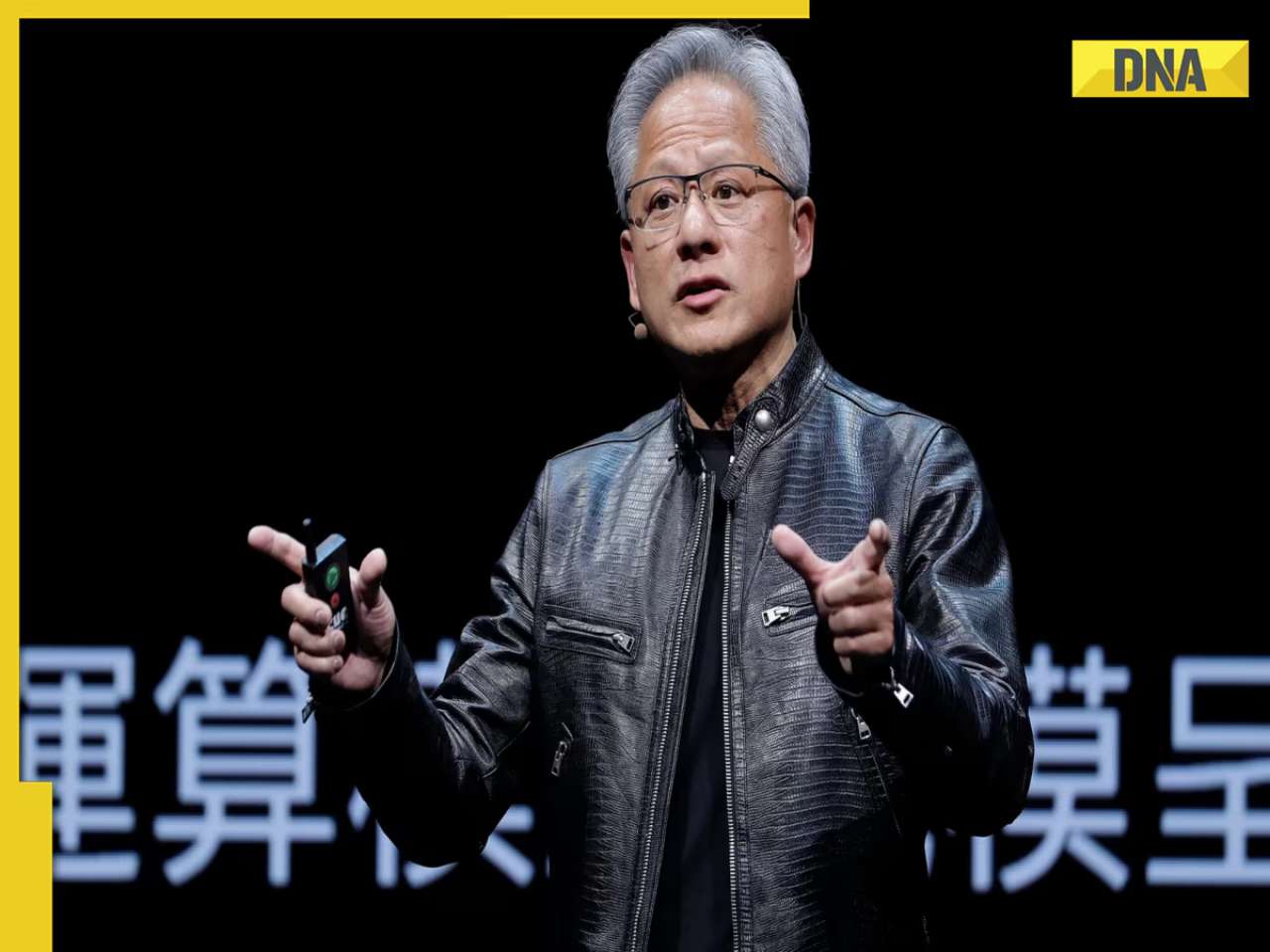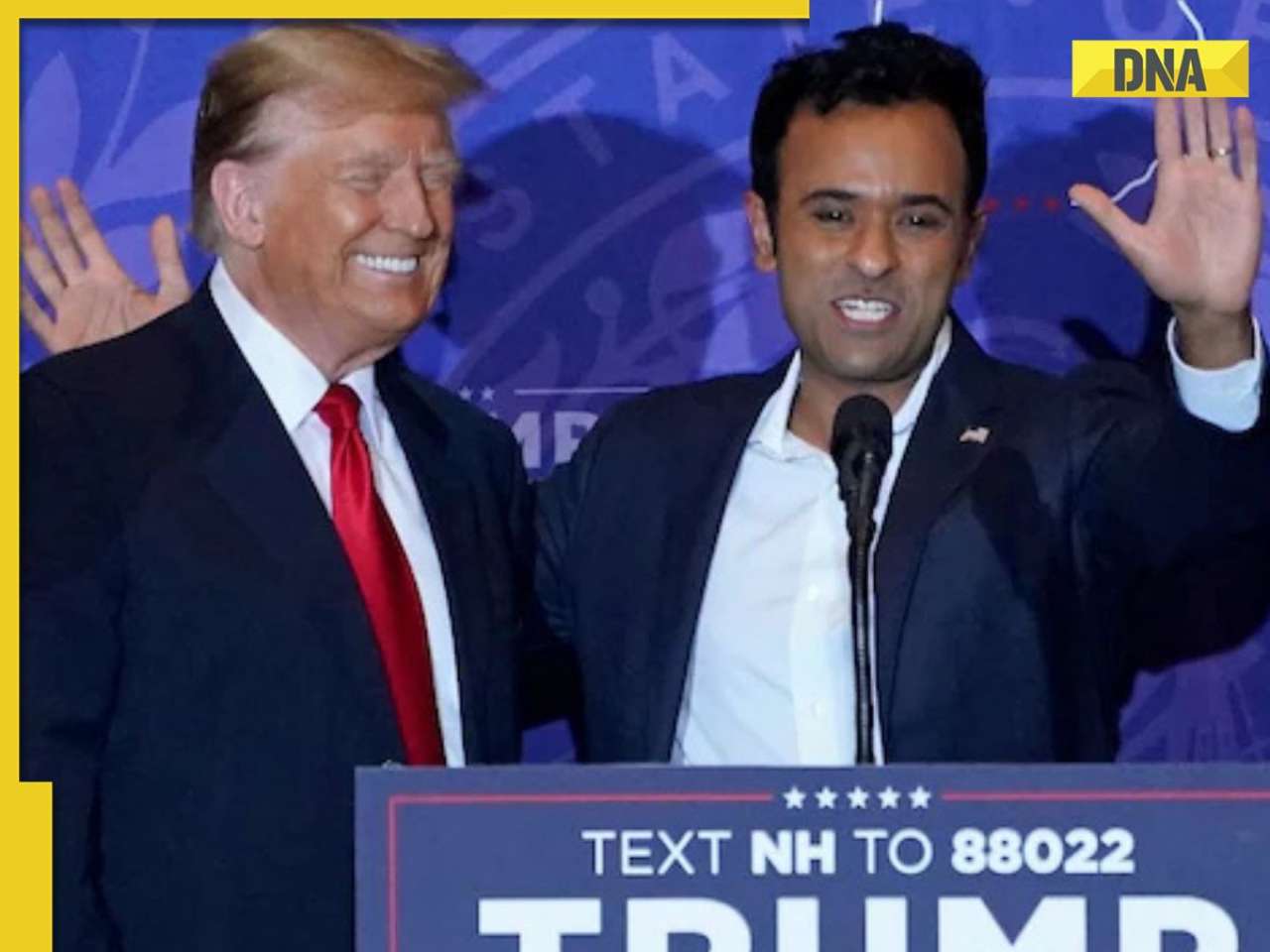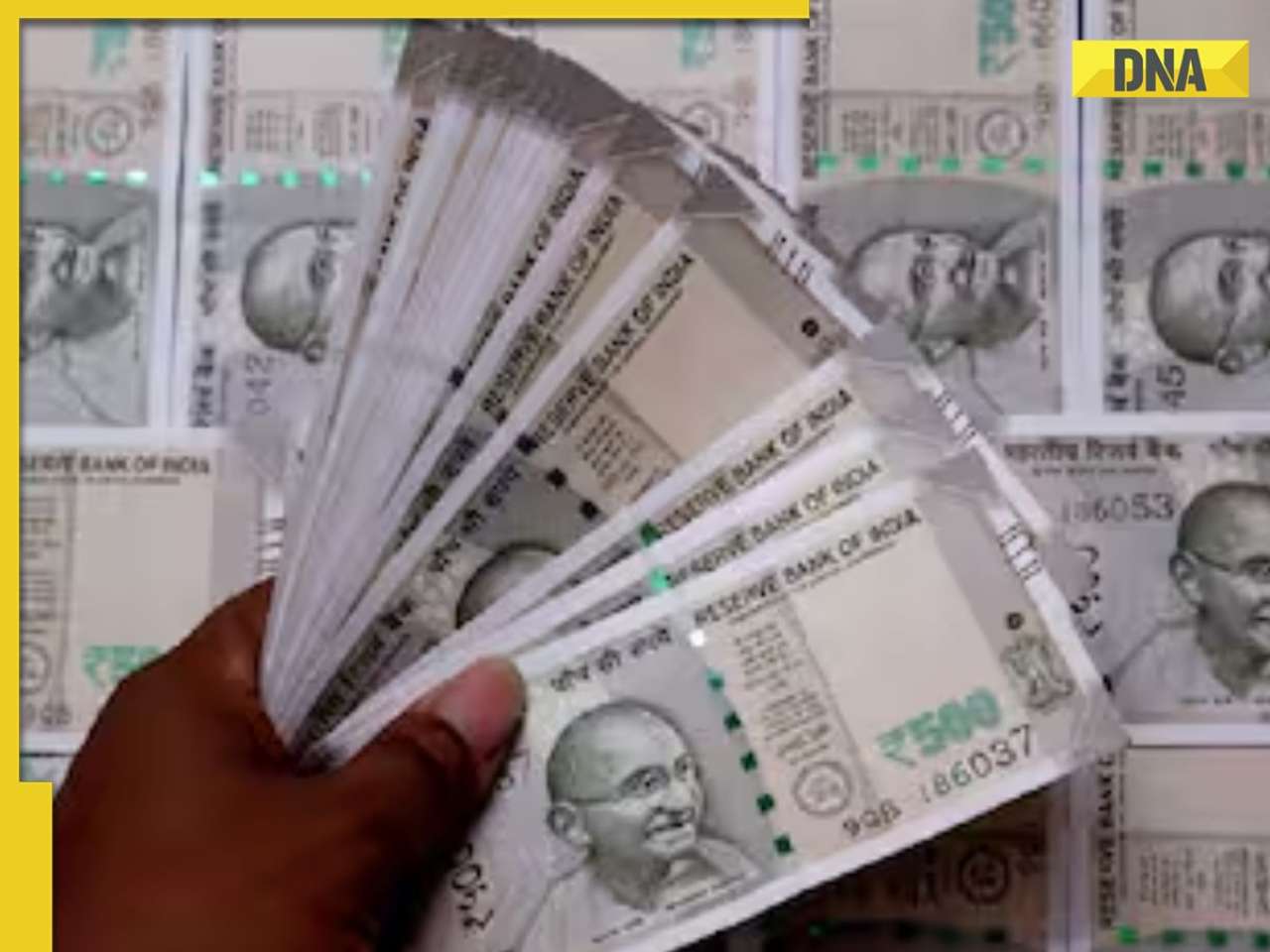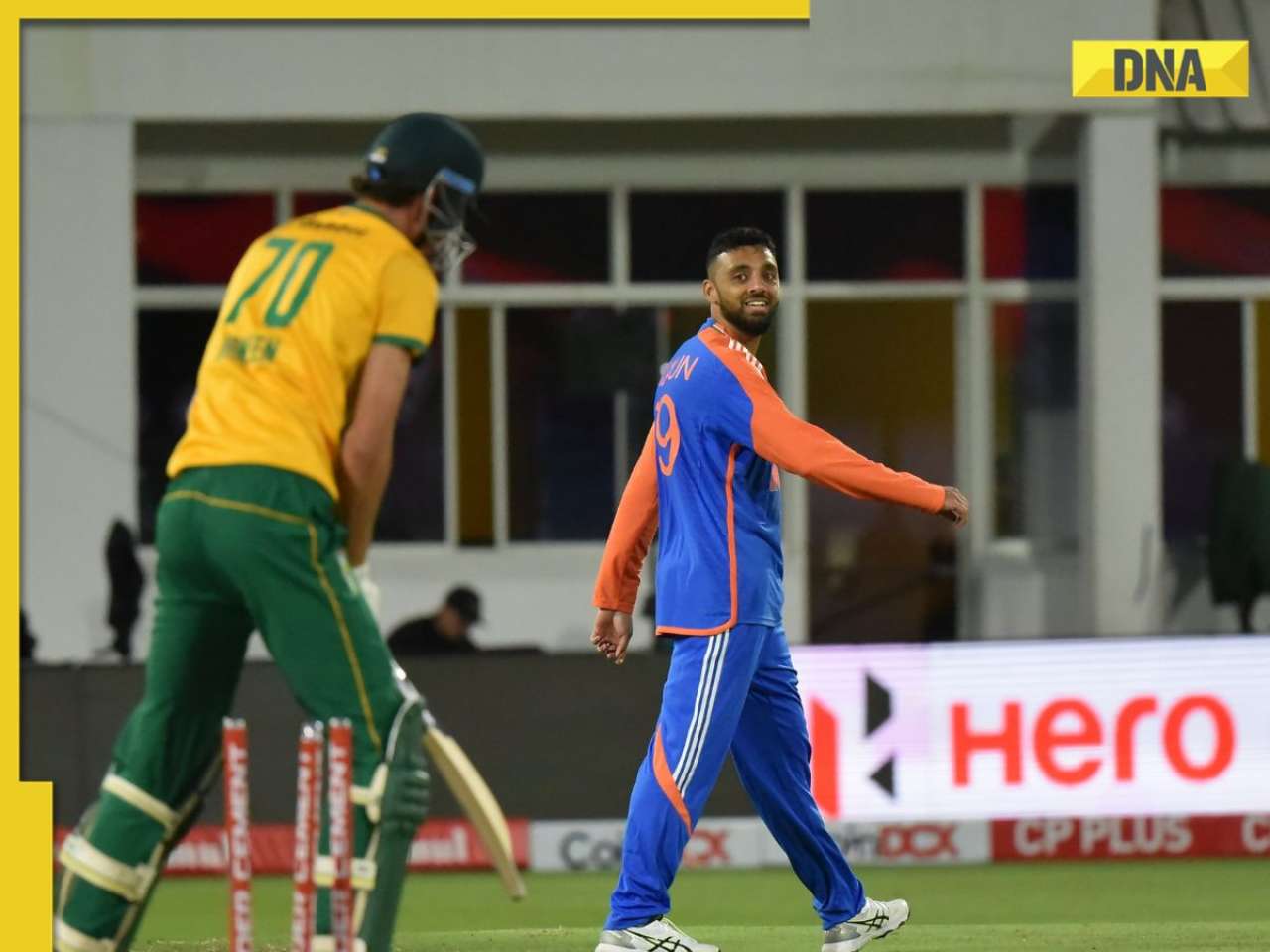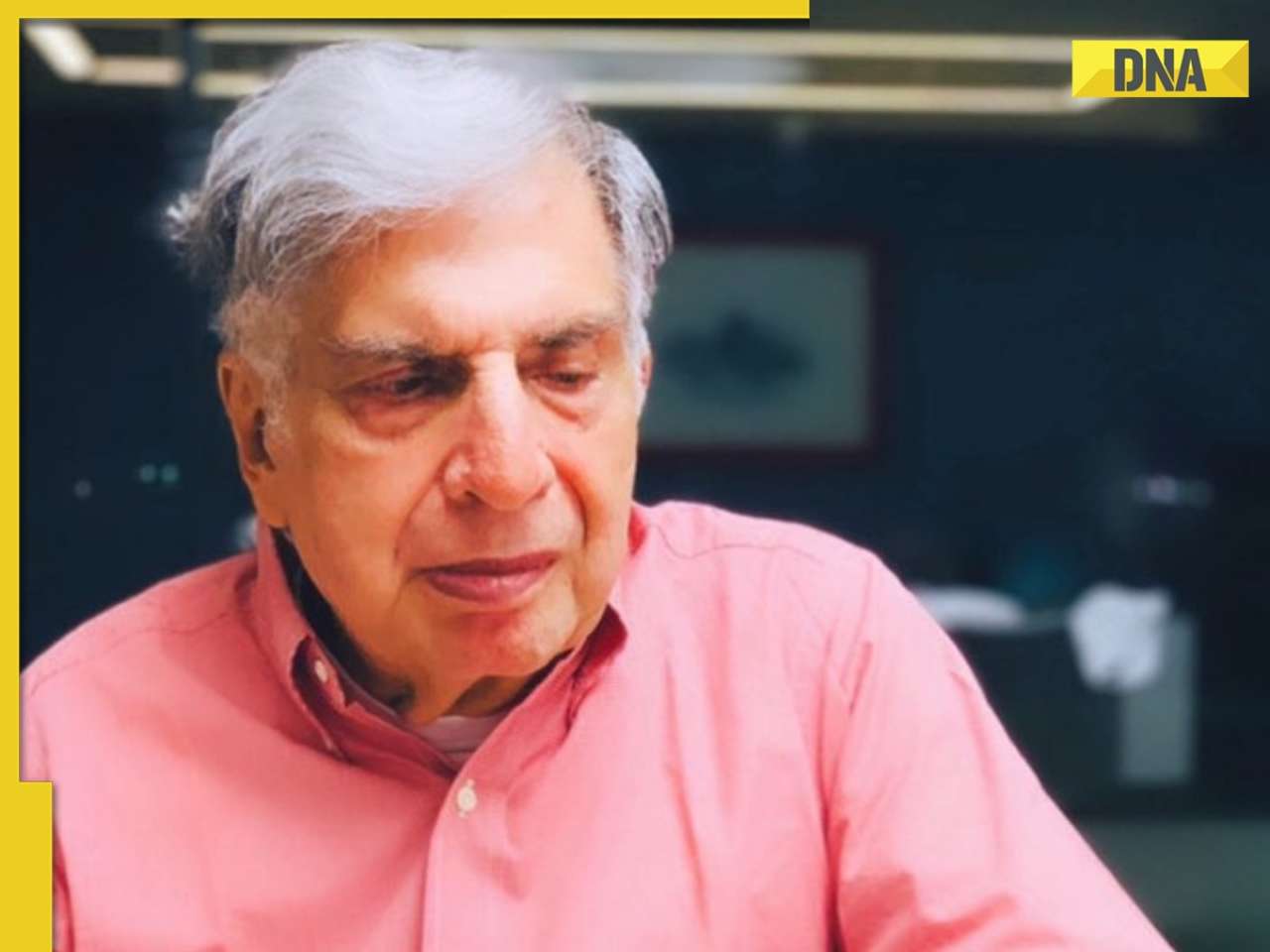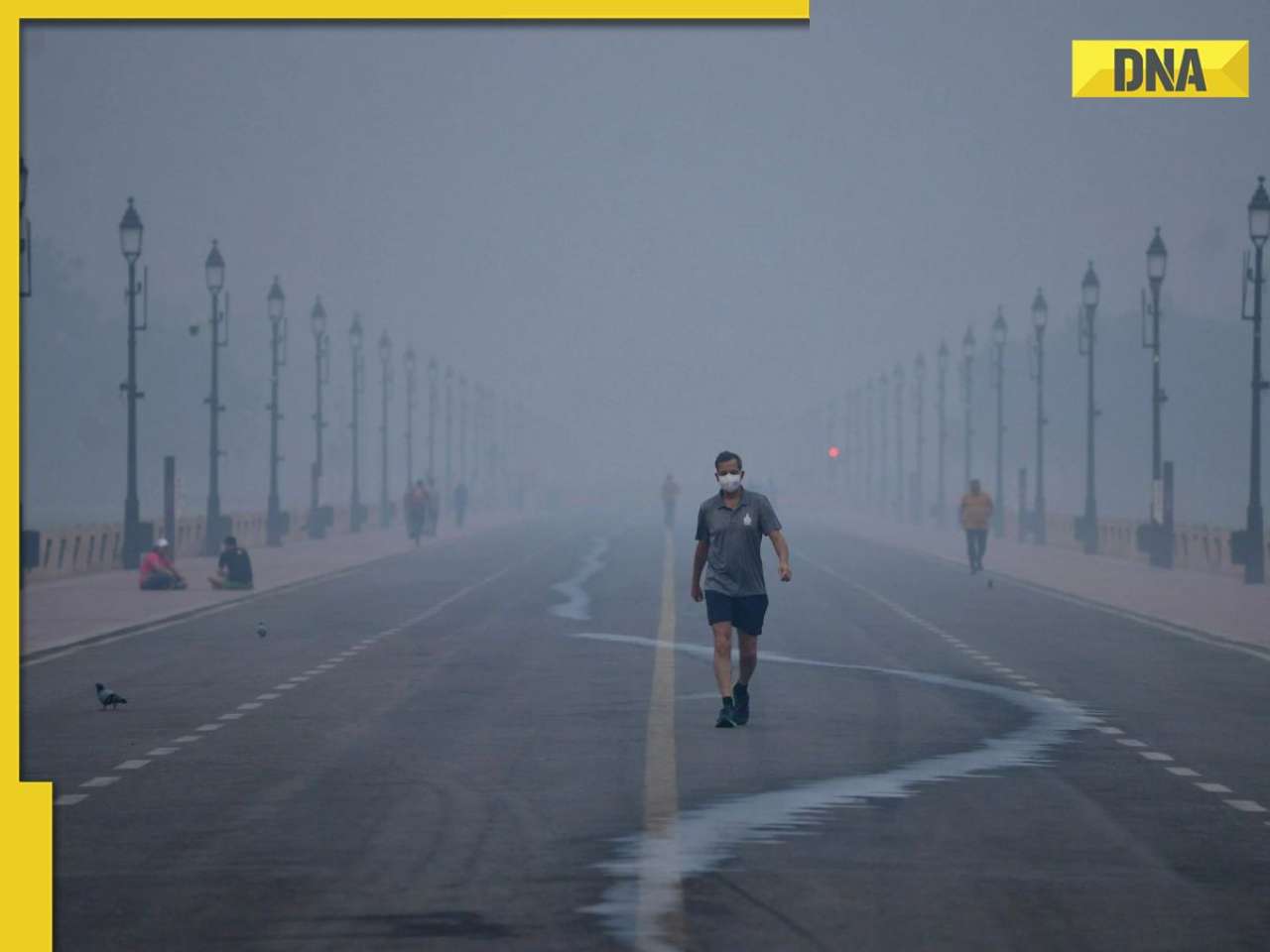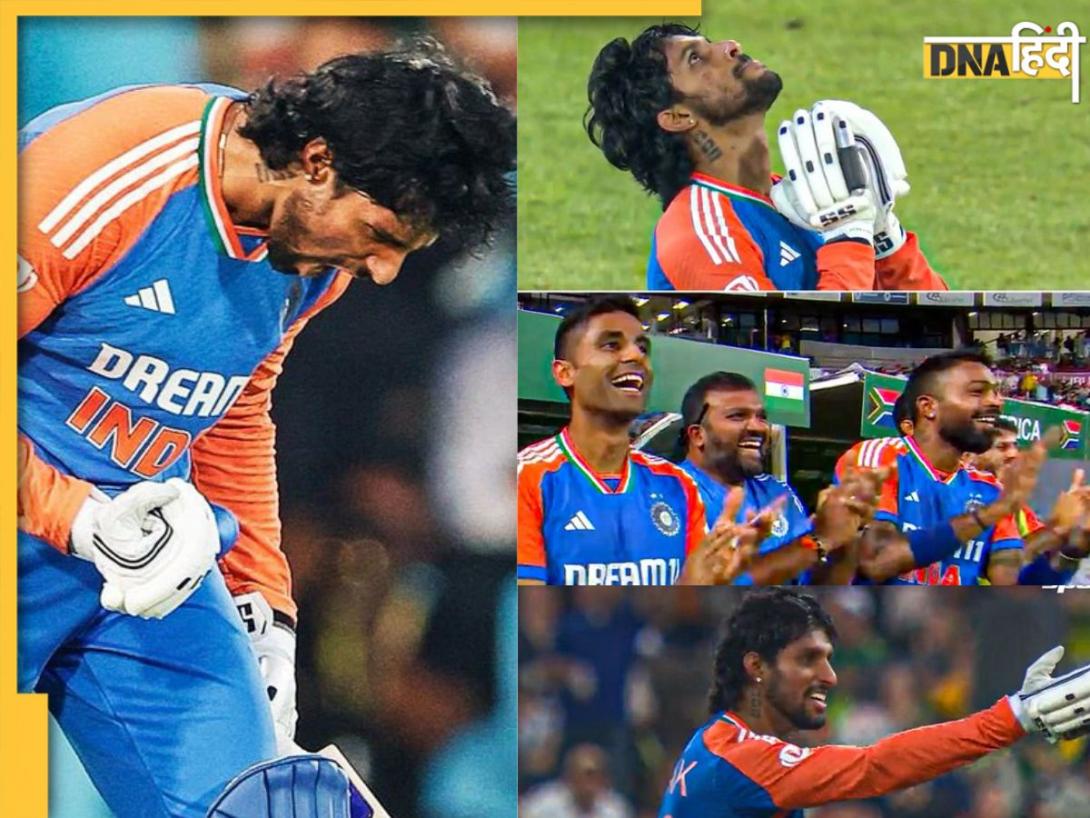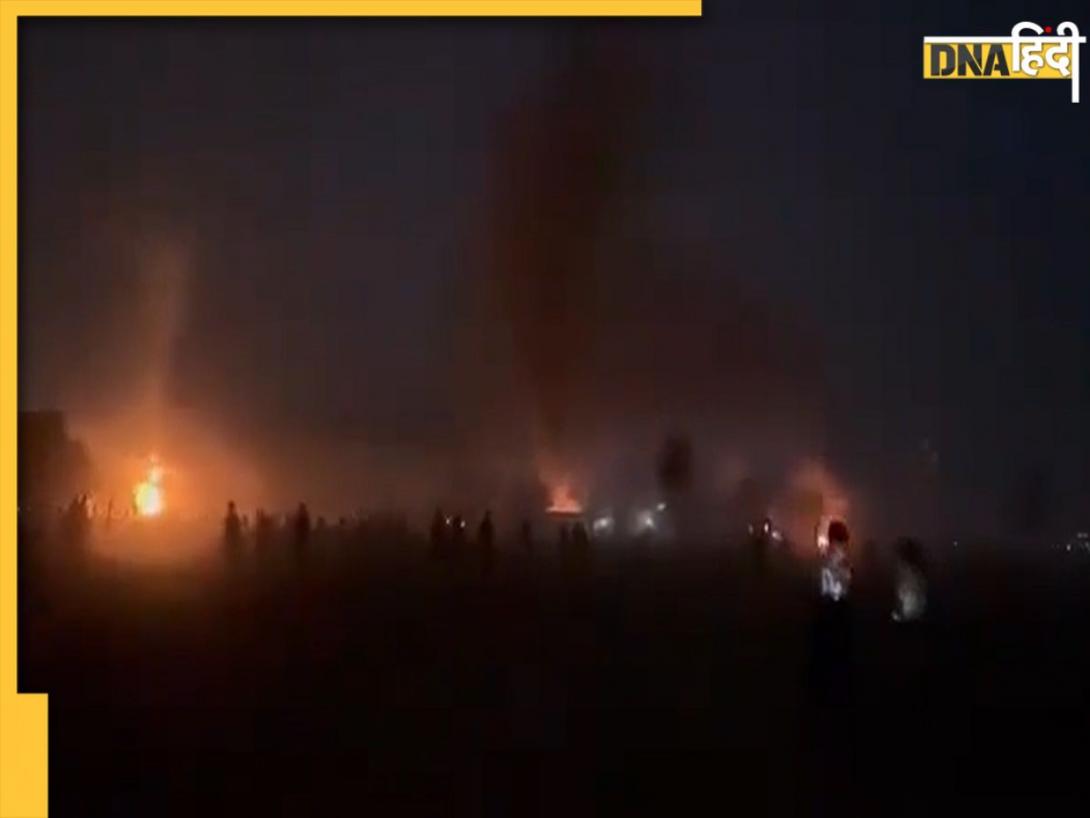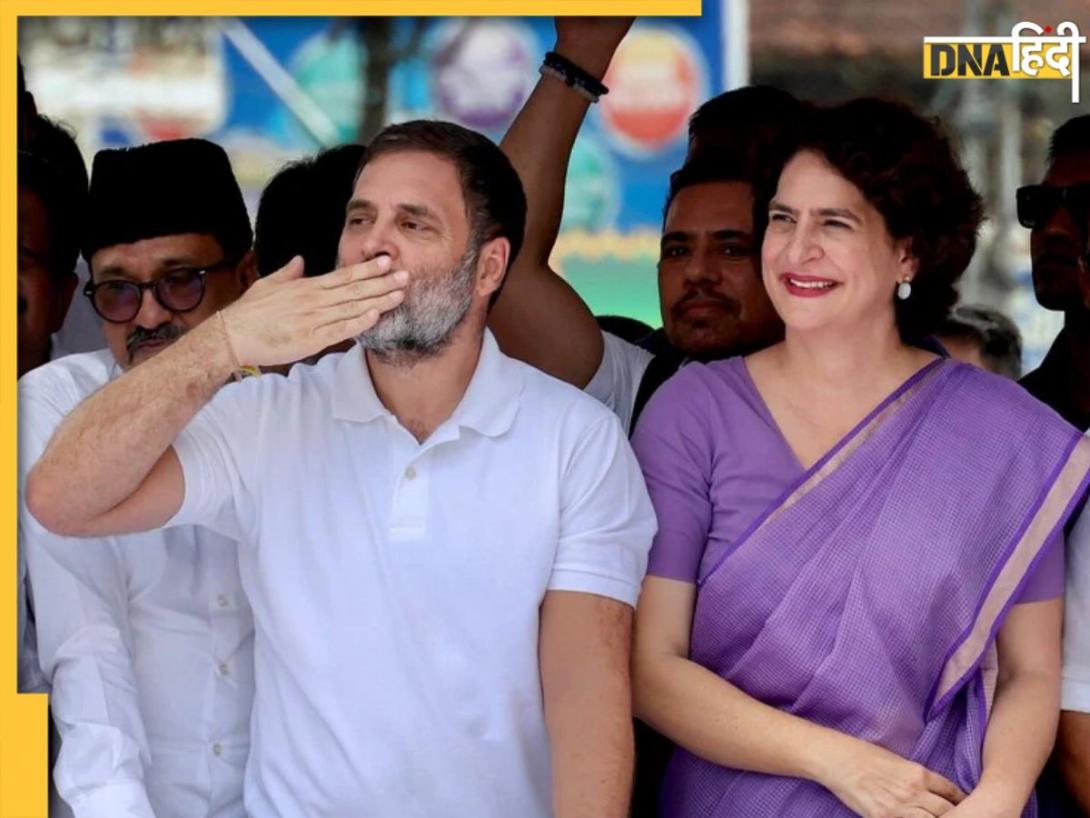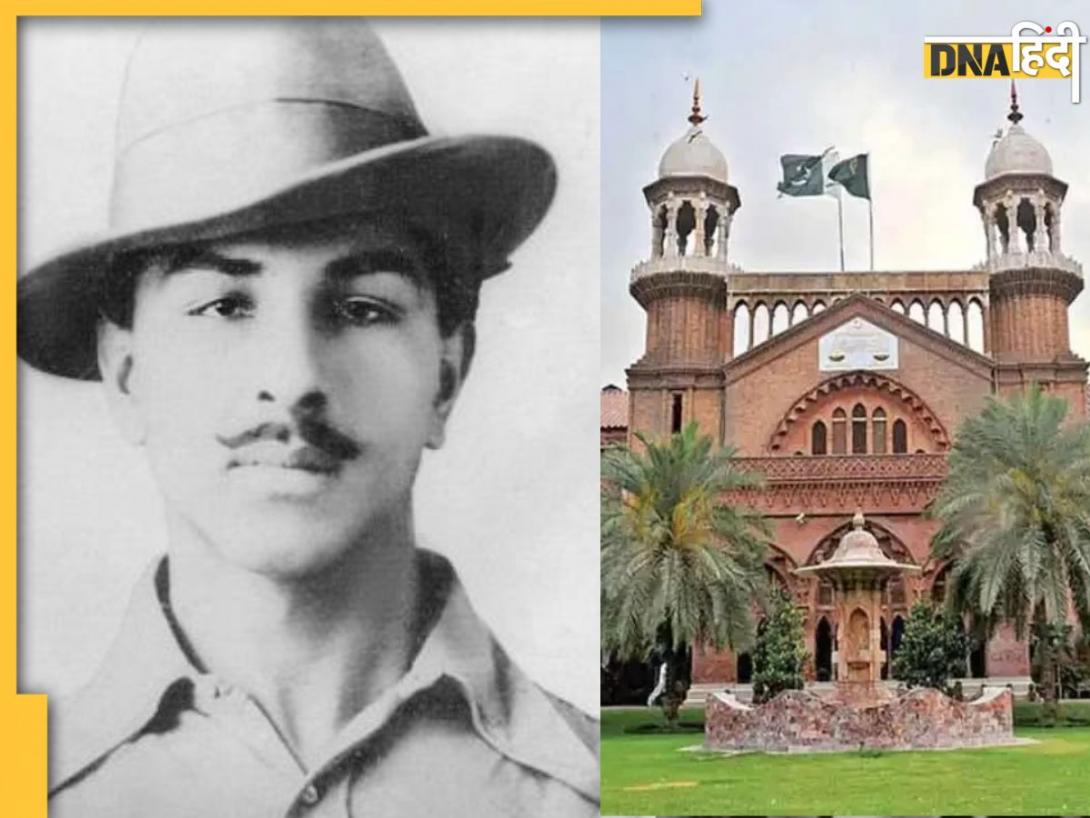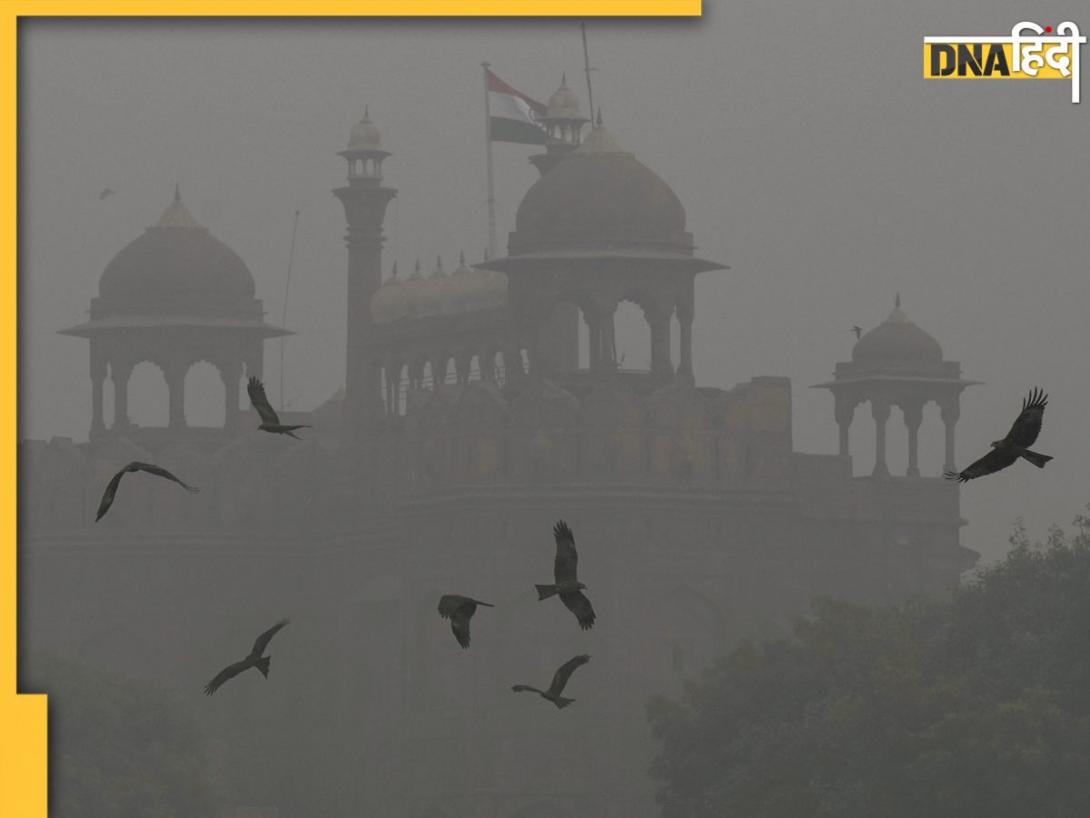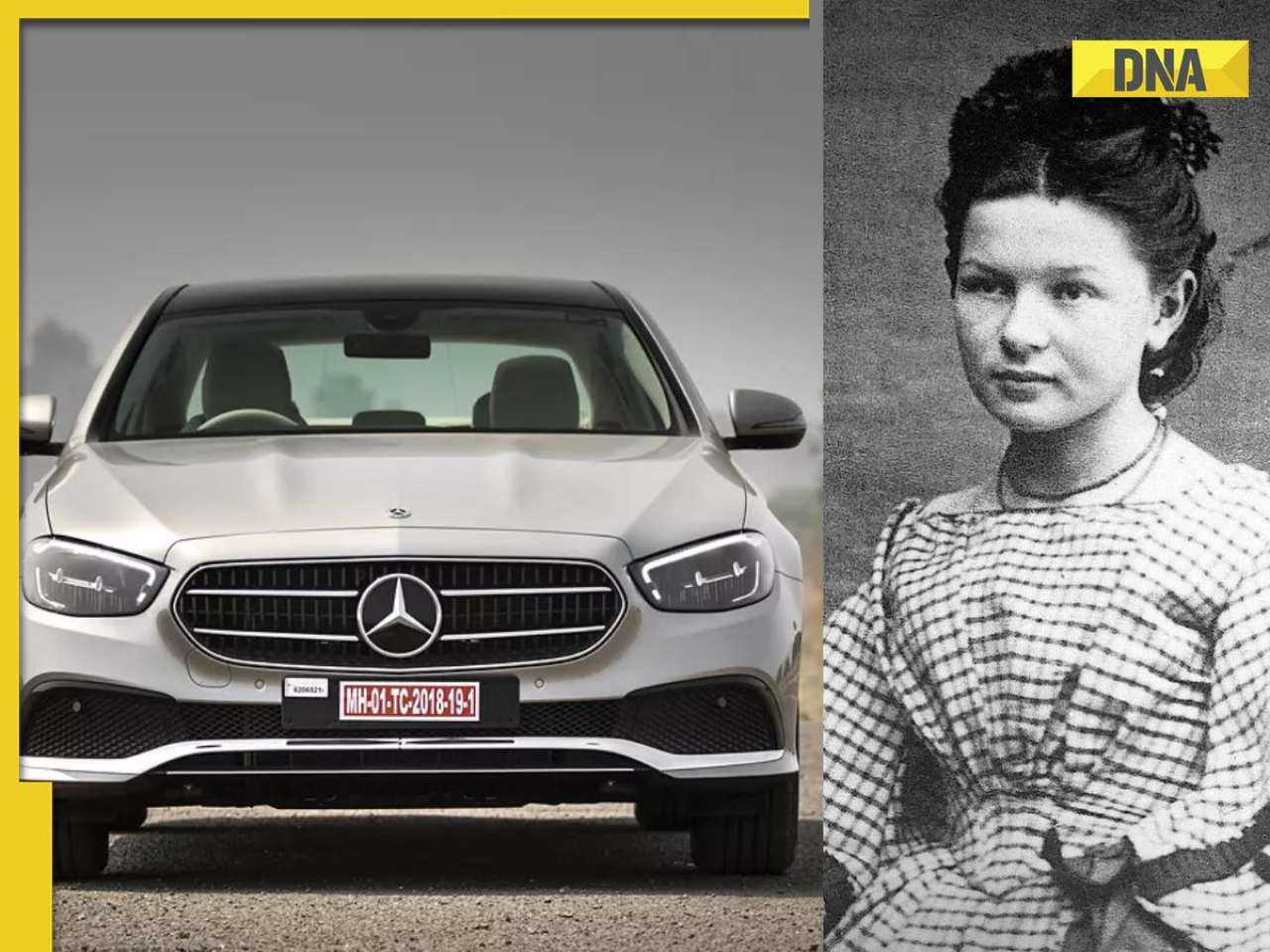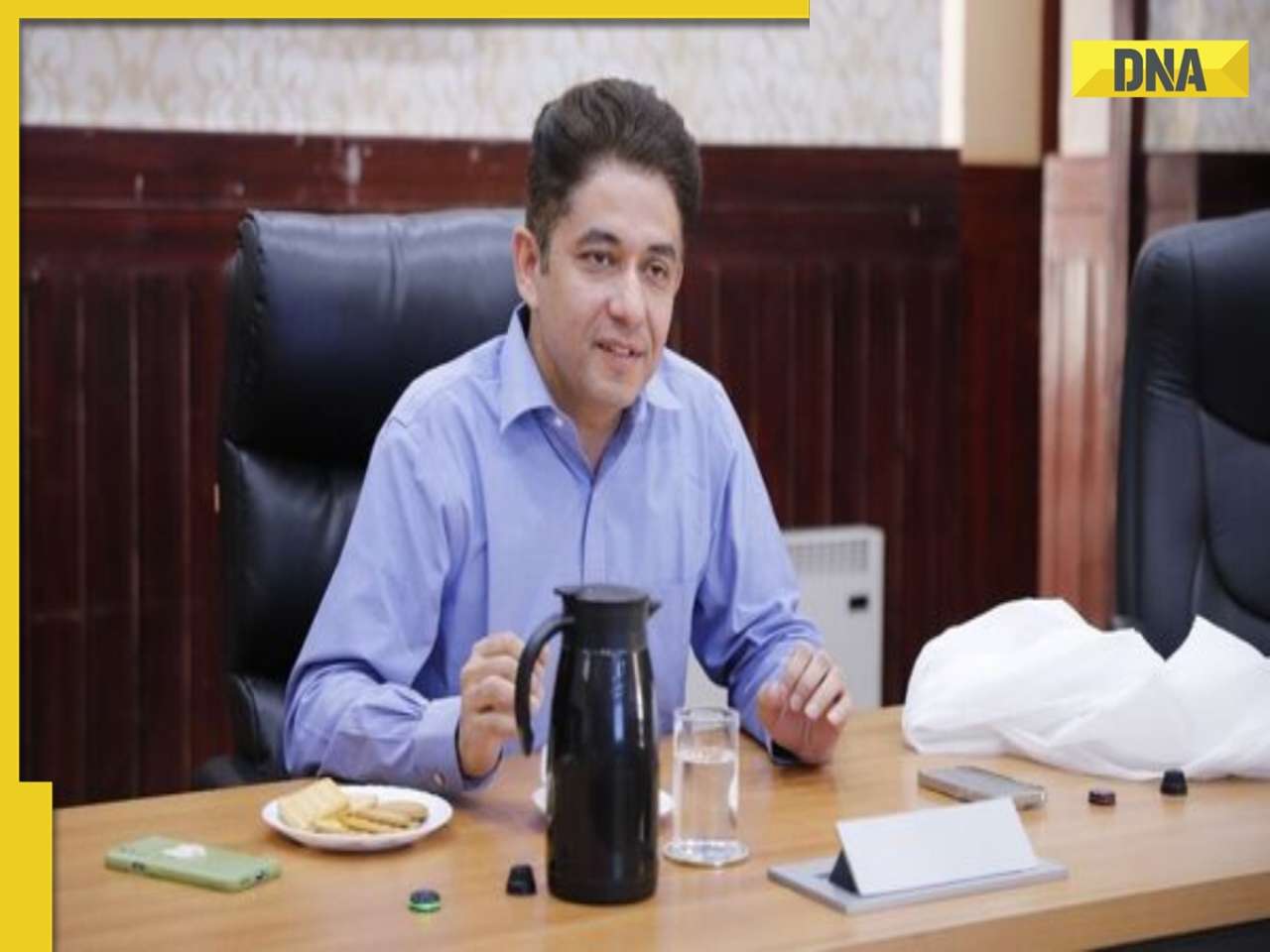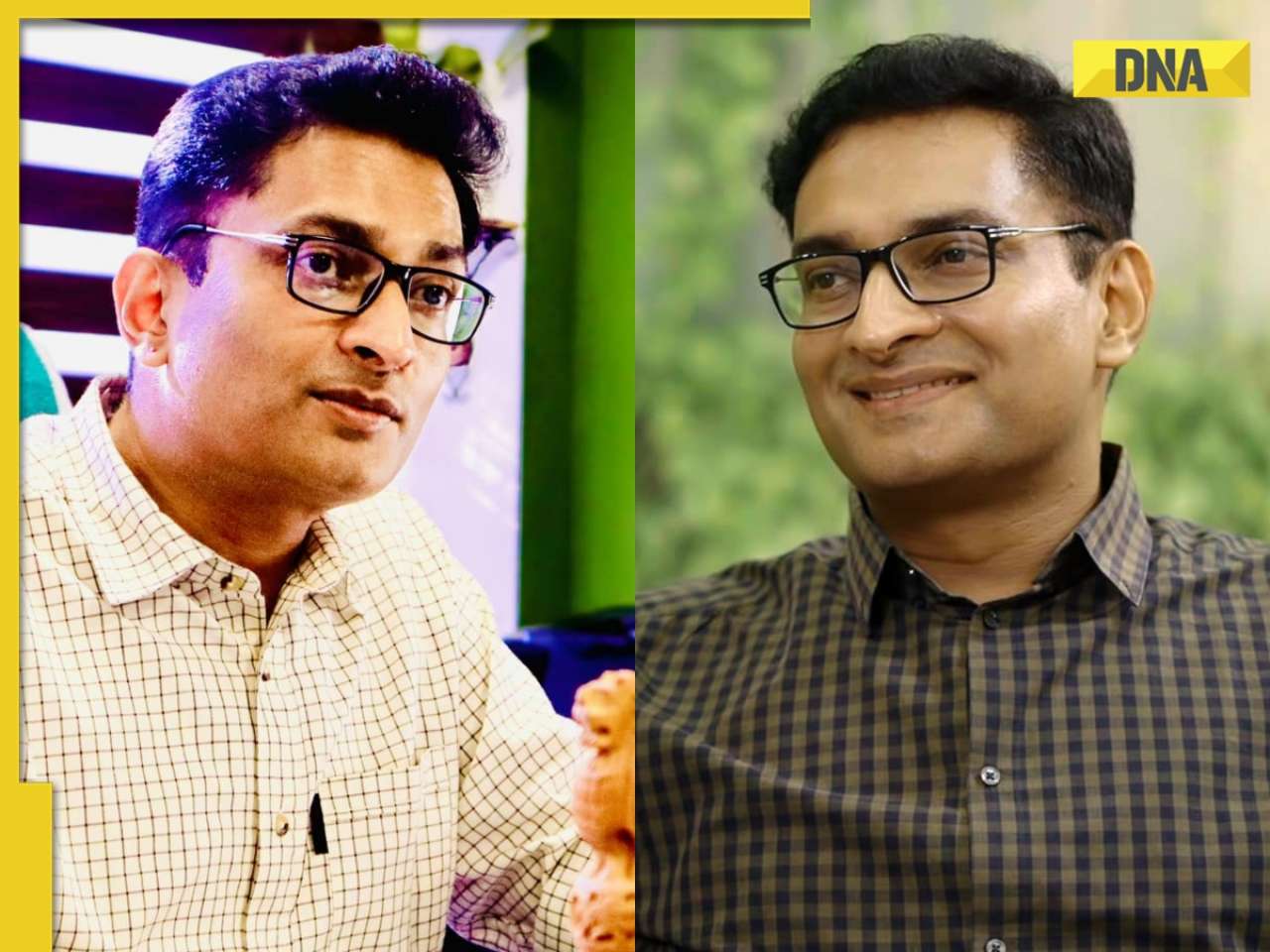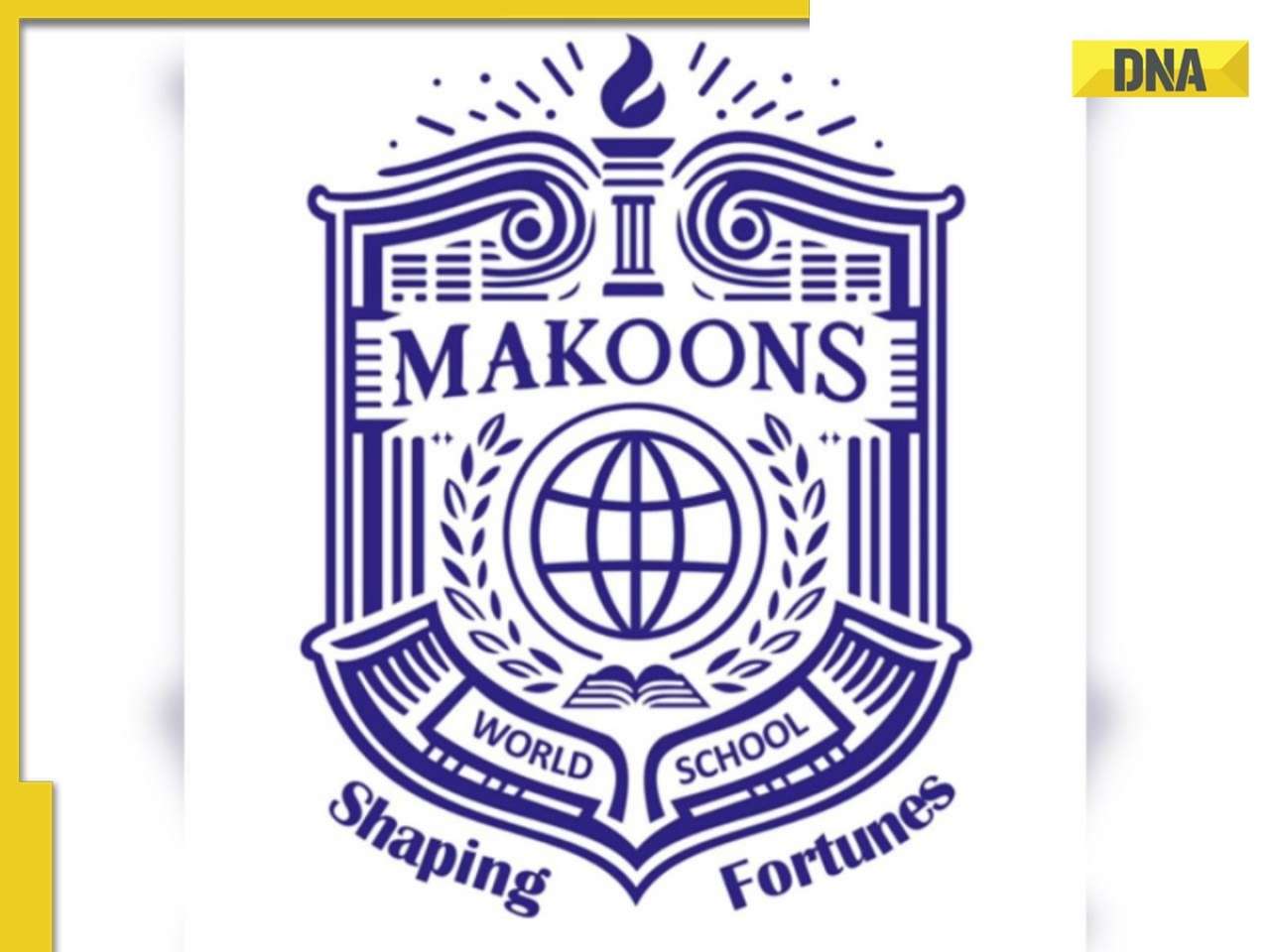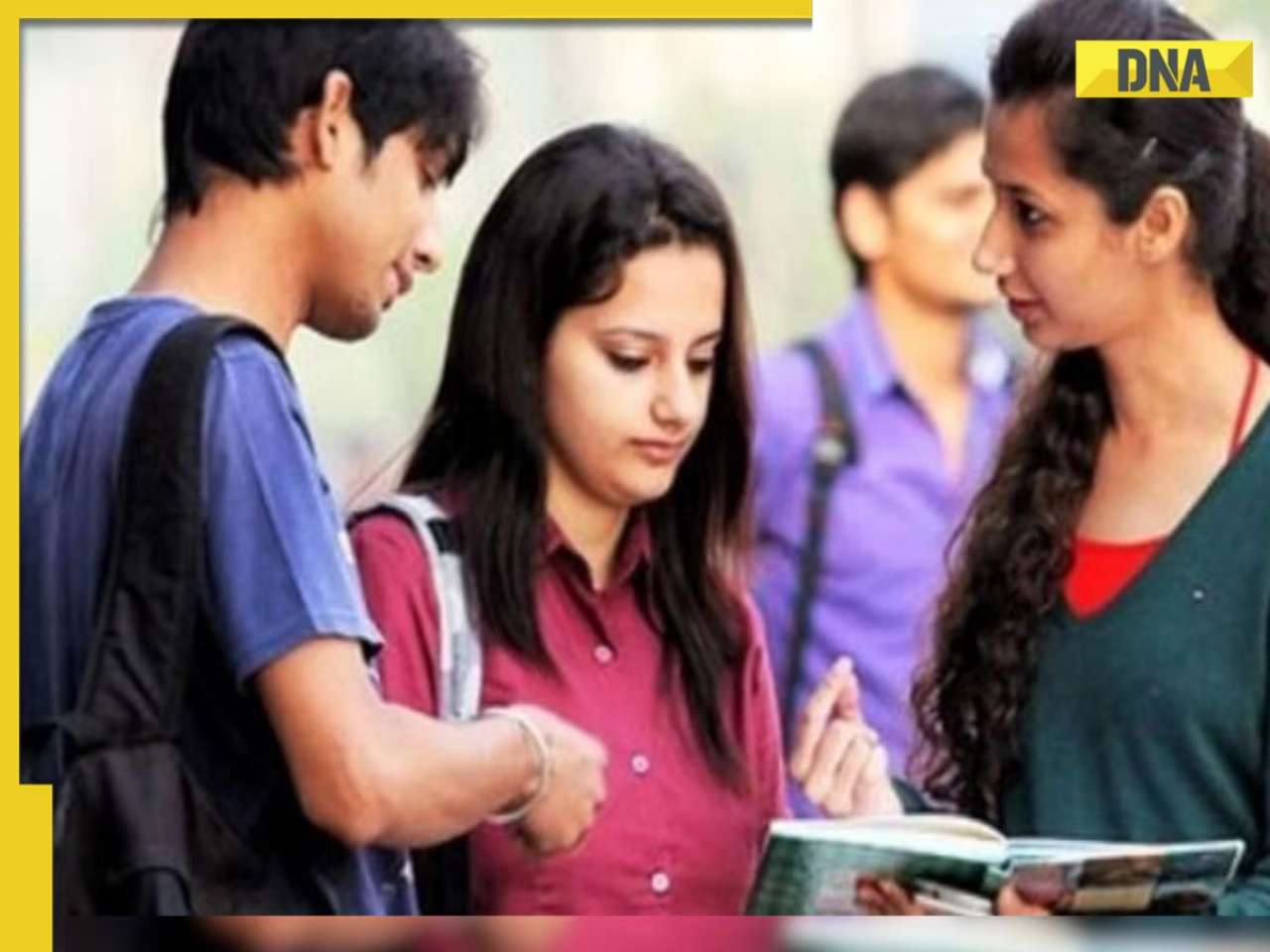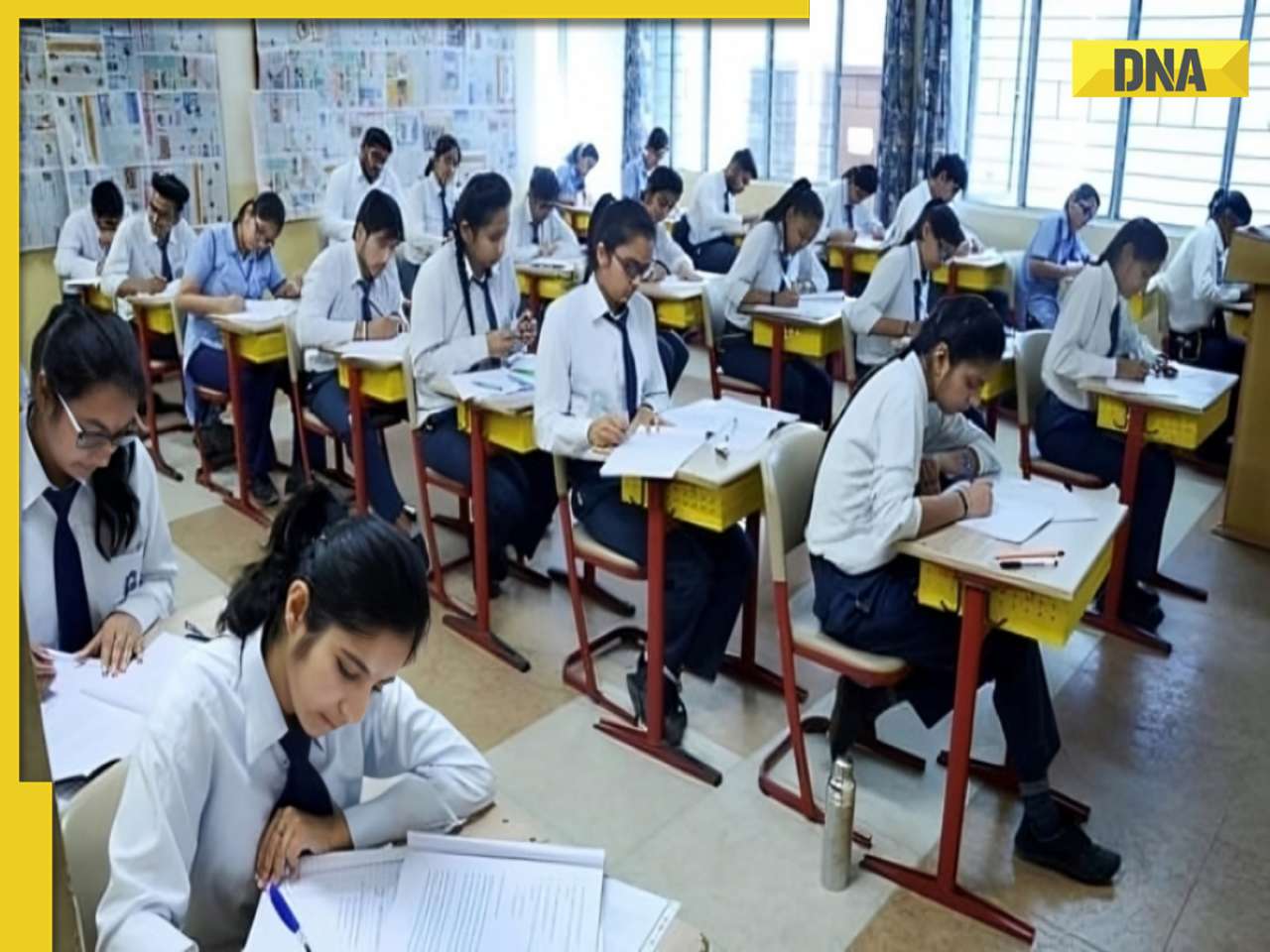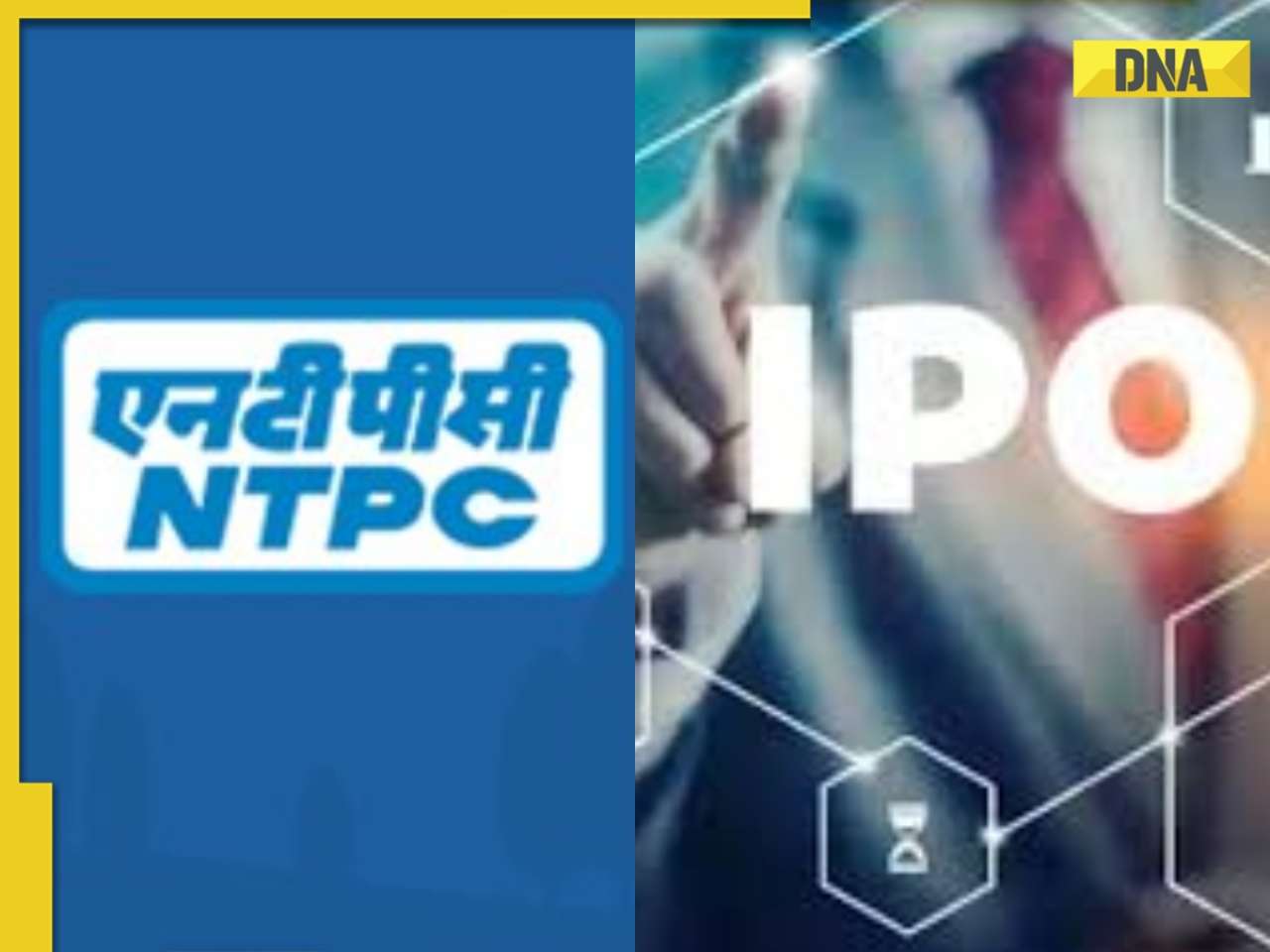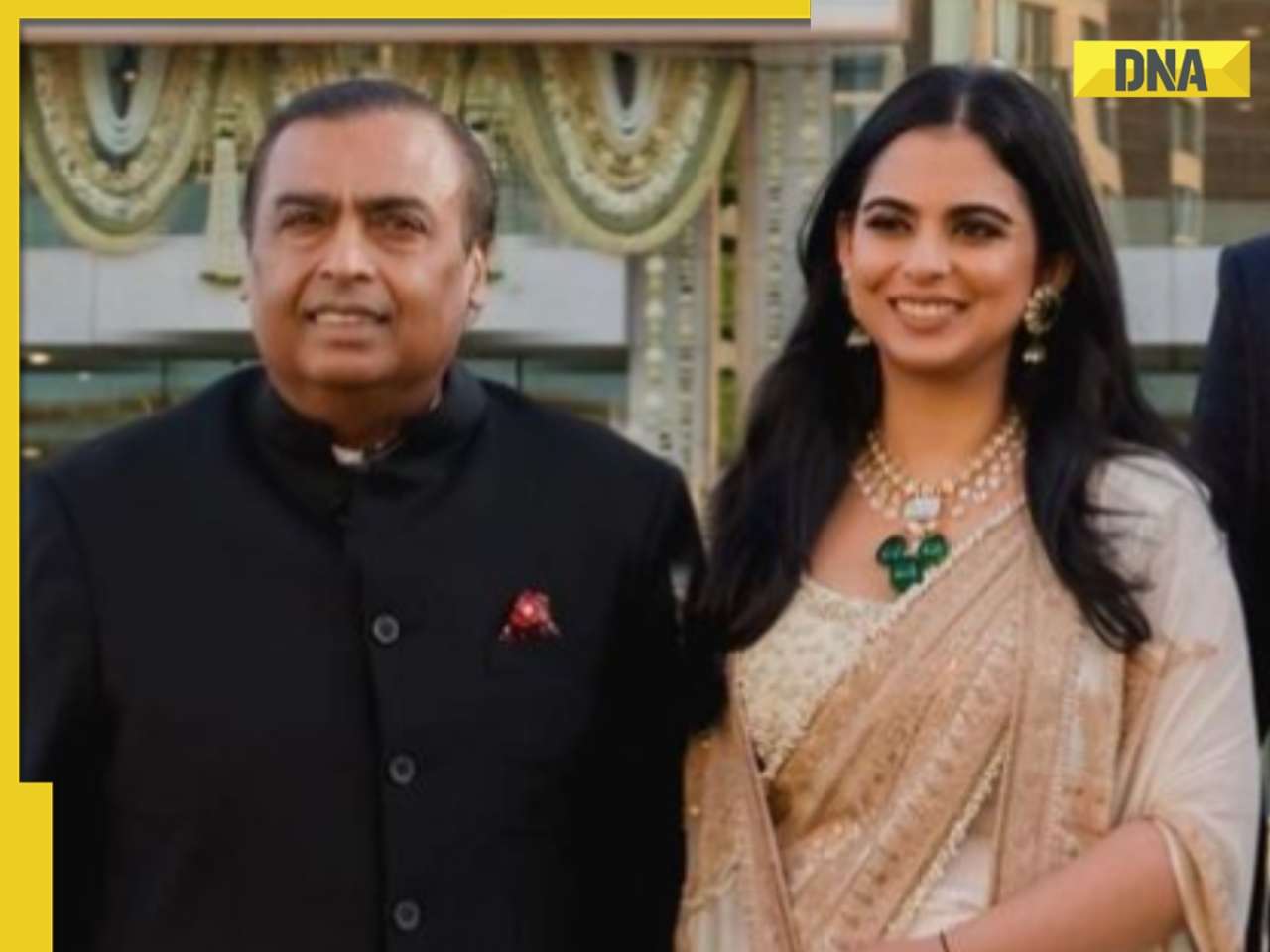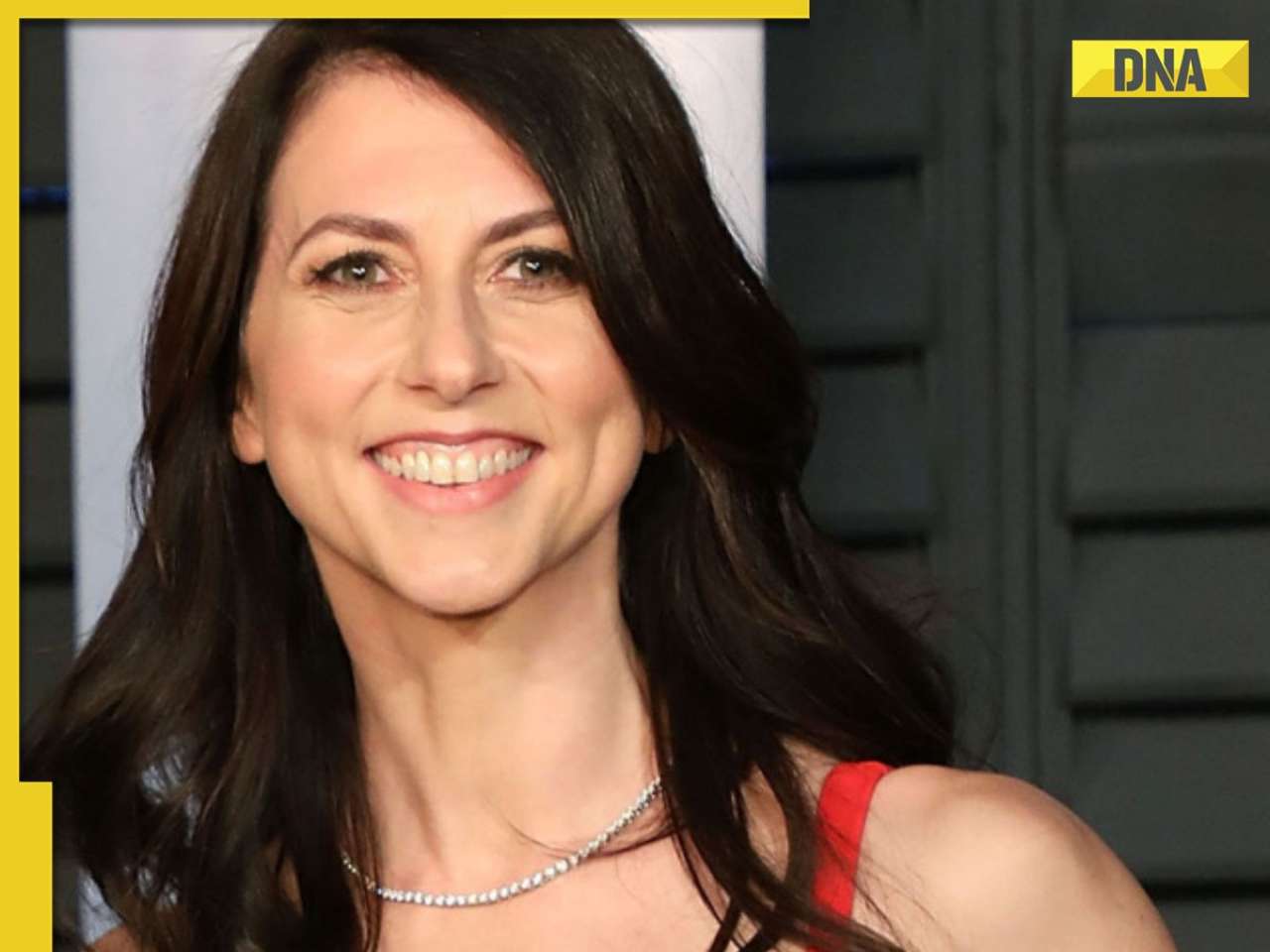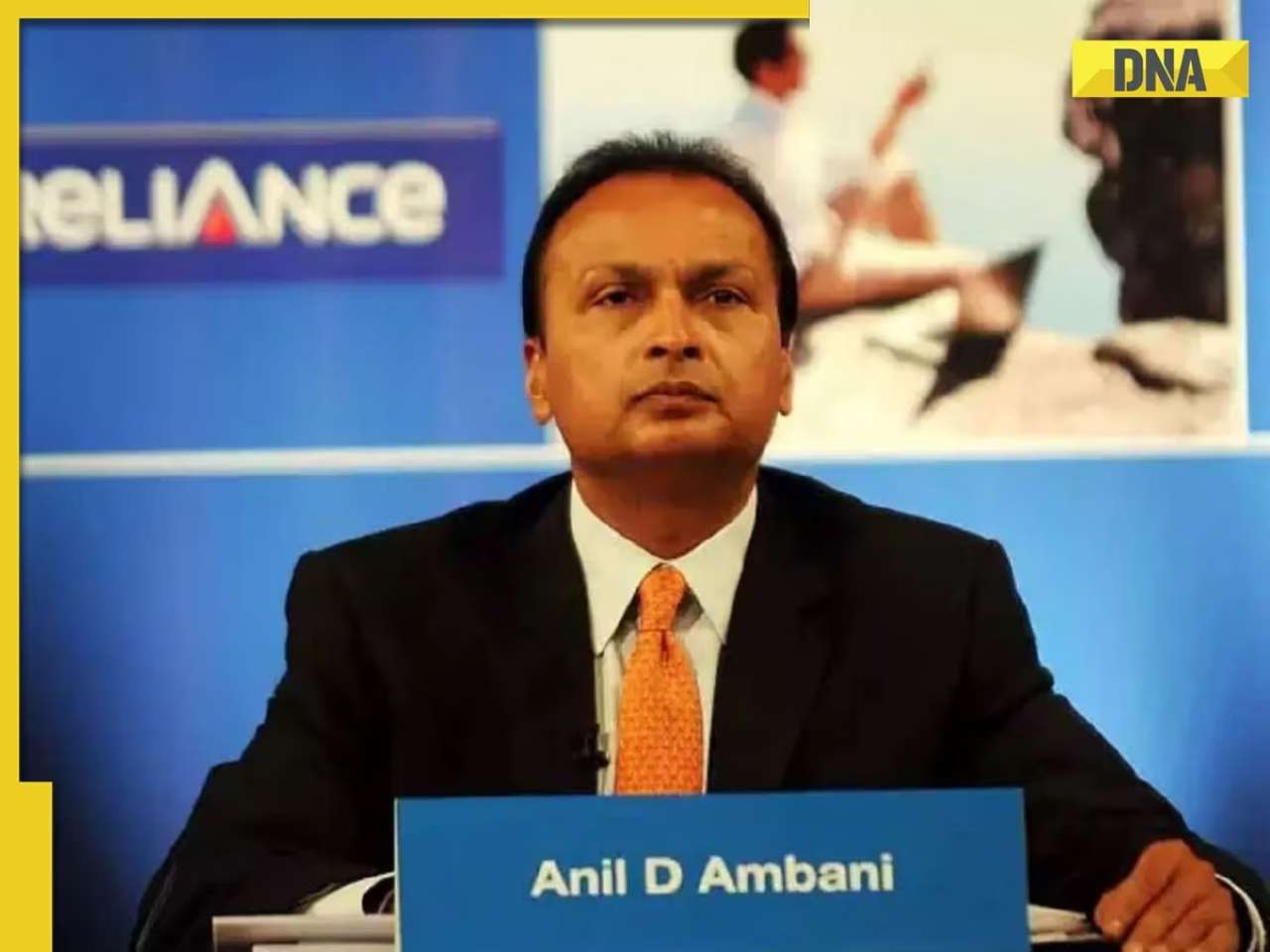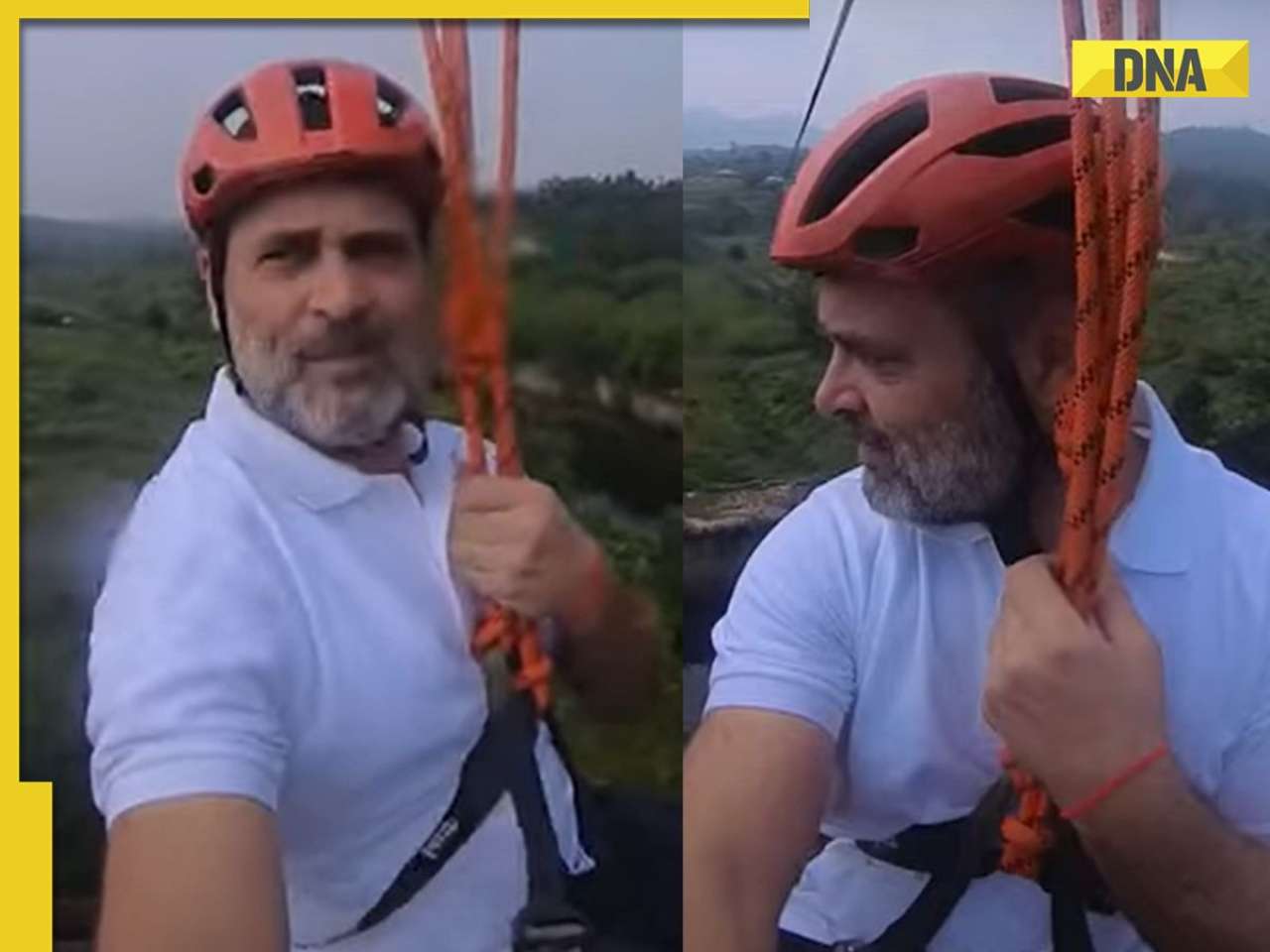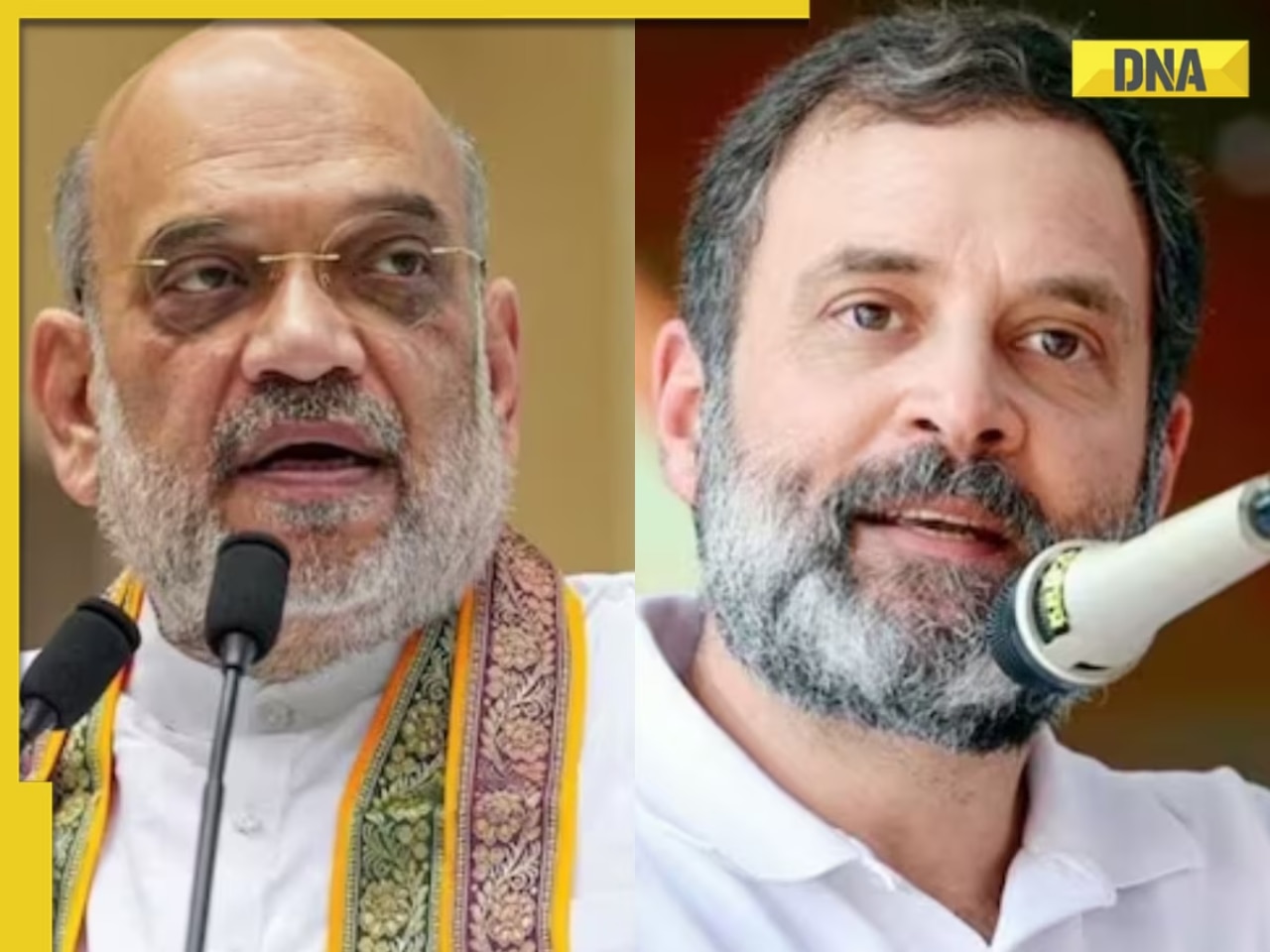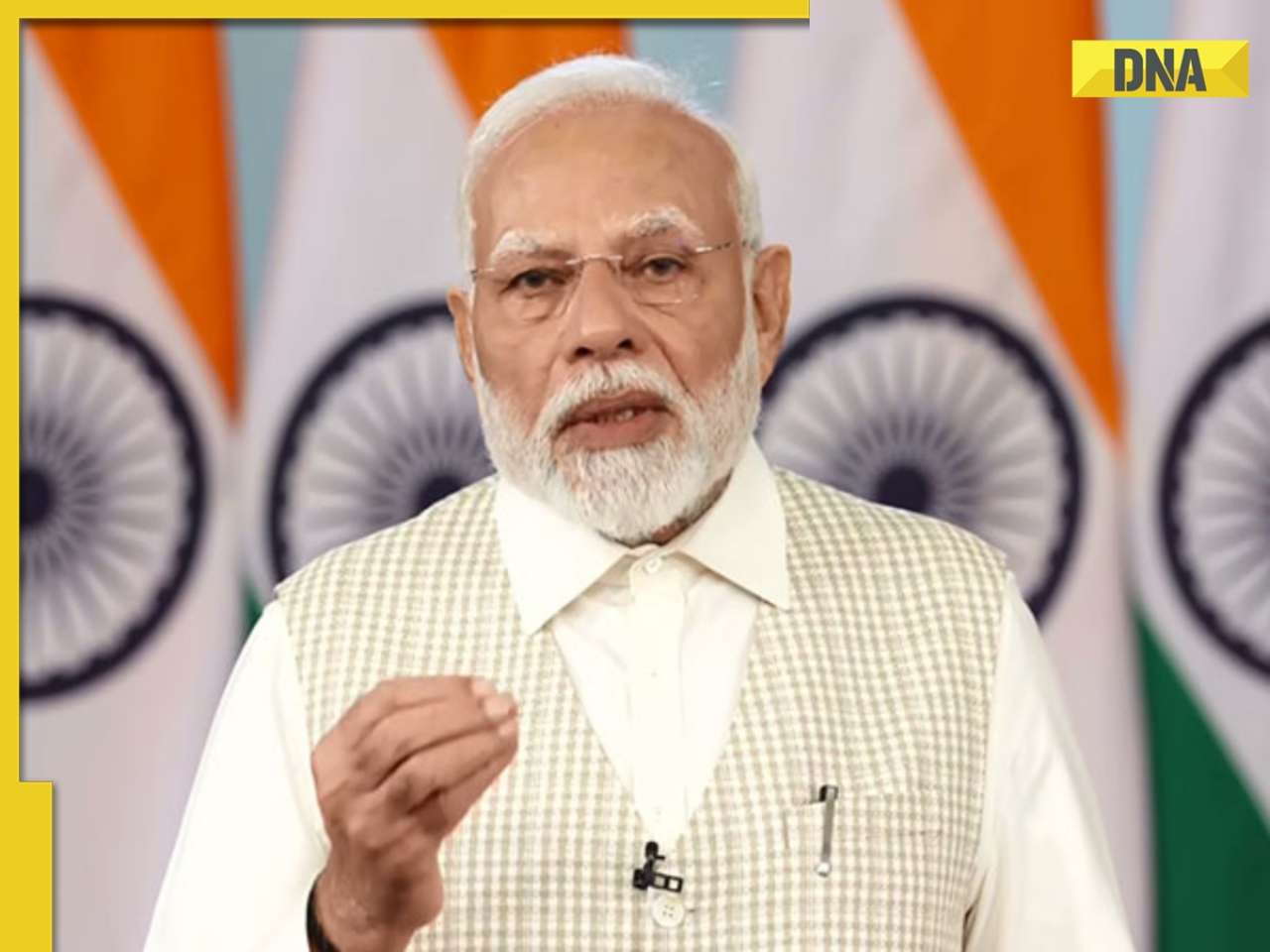- LATEST
- WEBSTORY
- TRENDING
INDIA
USP of 26/11 was it destroyed architects of attack, says Adrian Levy
TRENDING NOW
On the fifth anniversary of the gruesome 26/11 attacks in Mumbai, dna’s Iftikhar Gilani spoke to investigative journalist Adrian Levy, who co-wrote with Cathy Scott-Clarke, The Siege. The gripping, blow-by-blow account of one of the worst terrorist attacks in India has been creating a storm in the Indian security circle with its revelations of extremely detailed warnings that were ignored, and even belittled, and eventually led to 10 terrorists causing mayhem in Mumbai.
dna: From The Deception, to The Meadows and now The Siege, you have set new benchmarks for investigative writing. What are the parameters you adhere to, to cultivate sources and to make them speak?
Adrian Levy: Our credo has always been to wait for the dust to settle and then go to a story rather than race around with a pack behind us. As the Polish journo Kapucinsky wrote, it's better to be last to the story and first to get to the truth. In nearly every case there are people out there who know the truth and have paid a price living with the burden of knowing it. Some are eaten up by guilt and remorse. Others by shame or anger. It's a question of finding these right minded people and matching their accounts to what is objectively known. Finally, the truth is often a consensus and not simply one fact. The truth in a complex crisis like 26/11 has to be harvested from hundreds of view points before we get to the nub of it.
Finally, while we tape every interview and log these for our own protection, it is imperative to honour the conditions by which people talk to you. This is a kind of a truthfulness too.
dna: For journalists, one of the tools is to do a sting operation. What are your views on this? And during your investigation, did you take recourse to such a tool?
Levy: Yes, we've carried out stings before, when I worked for a newspaper's undercover investigative unit and as a foreign correspondent trying to reach a jade mine in the crisis years inside Burma. They can be a useful tool, especially in countries where dictatorships connive to prevent you from reporting and only deception gets you on. However, the sting is also a blunt tool. In many cases, the trapped wriggle free, claiming they were bragging and not telling the truth. In other cases, they plead entrapment, and even that they were led by the nose. And nowadays they are like a kind of candid camera, a daytime TV show where important people are made to do pratfalls. They can make for lazy journalists, who would rather do this than dig.
dna: Coming to the book, how different was it from your earlier two investigations for The Deception and The Meadows?
Levy: It was a far more traumatic experience in that people's feelings still run deep — the victims and survivors in India and elsewhere. Teasing out stories proved slow and painful for many and we also had to overcome the assumption that 26/11 had “been done”. Has it “been done”? I see no evidence of that. Where is the Indian version of Looming Tower, the Lawrence Wright tome that.was published after 9/11. Somehow, the attitude was — let's move on. But how can you move when nothing is properly known or documented?
Working in Pakistan on these issues too is fraught. The families of the 10 have been battered and intimidated and mislead into thinking that their children died fighting jihad in Kashmir. It was hard to convince them to take a risk and talk, and hard too to get inside LeT, as Lashkar is under very heavy observation right now.
dna: What you have revealed, that almost everybody from the CIA, to the IB, Mumbai Police and Taj Security and even the wives and girlfriends of (terrorist David) Headley knew about the 26/11 Mumbai attacks. Still, no precautions were taken. What were the main reasons?
Levy: There were a series of failures. The inability of RAW to work with IB, and the rivalry between the national bureaus and the state ones. The lack of seriousness with which the intelligence agencies deal with the police — if at all. There was also a marked failure by RAW and IB to advance a theory and develop it in the face of mounting evidence.The police too was ineffective and unsupported until July 2008 when DCP Vishwas Nangre Patil decided to piece together the intelligence and came to the immediate conclusion that Mumbai was about to be hit and that the Taj, Leo’s and other places were targets.
Then there is the US’ own narrow, self interest. It never revealed how it had penetrated Lashkar, or the significance of the intelligence bulletins it was feeding RAW et all. The decision in the US in some sections of the intel community seems to have been to let Headley run in the field as he was moving out of Lashkar and into Ilyas Kashmiri’s 313 Brigade, an Al-Qaeda affiliate, Why was this significant? Because Headley then became the only US passport holder in the field that could credibly claim to be getting nearer to bin Laden.
The result of Indian obfuscation and US self interest was self evident. As some in RAW told their US counterparts in 2009, “you sacrificed Mumbai”, for these same counterparts to reply, “your agencies are incompetent”.
dna: Unlike America’s 9/11 and Britain’s 7/7 attacks, no credible commission of enquiry with an exhaustive mandate was set up. Did you get any reasons for this?
Levy: Pradhan was a 64-page whitewash that served no purpose. There was no access to intelligence agencies directly, or to the NSG or to the politicians, or any to any of the closed evidence files. Sixty four pages for 26/11 and thousands for 7/7 in London? It seems as if those at fault wanted to shore up their careers rather than improve the safety of the nation by getting to the truth. Why else hobble Pradhan and then sit back when it flops?
In 9/11 and 7/7, the reporting was widespread and post-mortems seemingly endless. The National Archive in London has a digital cabinet of depositions — even from security service witnesses. What is the equivalent in Mumbai? Does the city not deserve to be treated better?
dna: You have mentioned that LeT, particularly its old guard, were initially ready to target Mumbai and they did so only to keep the organisation intact, which was falling apart. But the city had witnessed attacks earlier too — July 2006 train bombings and others. How do you differentiate these attacks form 26/11?
Levy: 26/11 seems partly to have been a crowd pleaser. In Pakistan, the Lal Masjid crisis had seen the Jihad factory opened by General Zia turn for the first time against the military and the spies. They feared being ambushed and losing control of their covert foreign policy pawns, so the jihadis aimed at India. Lashkar was split too. One section was loyal to its state sponsors and its mission in Kashmir. The other, now despised the state backing, describing it as a leash, and instead began to gravitate towards Al-Qaeda in Waziristan via Ilya Kashmiri and others.
The Mumbai plan was fortuitous. It was proposed by a man who straddled two communities and was plausible and deniable in both (Pakistan and the US). He could stride across India and seem like an affable bull-dog businessman rather than a short trousered jihadi. And Operation Bombay, as he called it, offered the LeT a sticking plaster. The plan was a strike against India, pleasing the old guard but it was also a strike against Western targets, particularly, Americans. Britons and Jews, pleasing the would be junior Al-Qaeda cadre.
This plan was mooted in 2006 and then given the green light by the Lashkar in 2007 after Lal Masjid, seemed like a poultice within LeT and certain security circles.
dna: Why have you not gone beyond uncovering the background of Zabihudin Ansari, who taught Ajmal Qasab to speak in Marathi and Hindi?
Levy: We are still working on this, but what we found, which is significant, is that Ansari was regarded by Lashkar as nothing more than an 'office boy'. 'Hamza' as he was known, was seen as either a dismal failure in India or an IB stooge. Perhaps both. One faction in LeT argued that Hamza had been in the direct employ of IB while in India — questioning the arms dump find.
LeT, as a result, decided to drum him out and shut him off until Operation Bombay. Then, his local knowledge of the city made him useful. Only this. He was in the Karachi control room acting as a guide to the fidayeen squad as it swept through Mumbai. Nothing more.
Subsequently, and to save face, Hamza was portrayed as the Lion of LeT, a massive coup for detectives/agents. However, one of those who interrogated him in India told us that what they got from him was 'practically nothing'. Political pressure led to his capture being blown into a game changing manoeuvre, while internally Hamza was regarded by police and intelligence people as a lightweight who did nothing.
dna: On the face of it, one would believe the Mumbai attack was just madness. Terrorist acts are carried out to reap a political harvest. What could have been a motive behind these attacks, keeping in mind that the planners and attackers failed to achieve any objective?
Levy: The USP of these attacks ultimately also destroyed the architects of the attacks. They enabled terror in Mumbai by using technology against the Indian security forces, deploying a cheap VoIP network, and Google earth, so that 10 men in Mumbai could talk invisibly with the Karachi control room, and be guided at every stage.
However, the taping of those calls by US and Indian agencies, and the bloody transcripts and recordings that emerged subsequently, revealed the sadistic will of Lashkar’s controllers to inspire the cruel executions of so many. We have never before seen so deeply into a fidayeen attack and here it all was — callow youths, dragooned into action, and harangued until their task was done.
dna: These attacks were carried out when the peace process between India and Pakistan had travelled some distance and non-papers on Kashmir had even been exchanged. Do we believe it was another Kargil, where the political establishment had no idea what the security establishment in Pakistan was up to?
Levy: These is no evidence we have seen or heard to suggest that anyone in the civilian government in Pakistan knew anything at all about 26/11. There is evidence that elements of the security establishment in Pakistan shaped these attacks, and then stood back as the attacks unfurled. This is a view you will hear also recited frequently inside security circles in Pakistan. However, Lashkar is like a ball of wool, stuffed full of spies and soldiers, all of whom say they have retired. The truth is difficult to disentangle although key pieces of evidence suggest that elements of the Mumbai Plan as conceived of by Headley were done in such a way that his handlers and their supervisors, must have known. He talked openly about his work in Mumbai to the Pakistan Army and ISI. It should be noted that his third wife, reported his work in Mumbai too, to the US security services — who drummed her out of the US Embassy in Islamabad, leaving her certain that her David was a US spy.
dna: You have jointly written these books with Catherine Scott-Clark. How did you distribute the work?
Levy: We argue a lot. We then plan a detailed exoskeleton. We then research half the book each and come back and swap over, hoping that the other person does not kill all the things we loved about the work we handed in.
It's fraught. During these periods, we talk to each other mainly by email. But the upside is complex, long range work often needs an objectifying force, someone to tell you you are wasting your time or barking up the wrong tree.
dna: According to your book, American and Pakistani security establishments deceived India. Will India come to terms with both of them?
Levy: We got the sense from many inside the security establishment that 26/11 and the US game in Afghanistan has created a new or renewed wariness about the US in New Delhi. But ultimately what is India's American strategy? I remember intelligence stalwart B Raman asking this question repeatedly, after we talked about the way Pakistan's nuclear programme was enabled by the US so as to shore up its security relationship with Islamabad. As you know a team was deposed within the PMs office to shape a new strategy on Washington. But what came back satisfied no one — and seems to have been set aside. Could one say the same for New Delhi's China strategy?
dna: What do you think a government should do both in political terms as well as security wise to contain and stamp out terrorism?
Levy: There is no sticking plaster. All that governments can do is to look at countries and models that are showing signs of success: Indonesia, Malaysia and to a certain extent Saudi. Interestingly, data in Pakistan, taken from TTP areas, tends to show that most recruits are not politically or religiously motivated. Many are inducted through dint of a future, those in need of a working family, an education and employment. Terrorism, like criminality, actually exploits weakness and targets the dysfunctional more than it finds die hards to fight its cause.
And while it is tempting to say cure Kashmir, that would be a trite answer. Even without the festering sore of Kashmir, India's Islamist enemies will continue to find reasons to strike and disrupt. One thought though: while no post-mortems are provided into catastrophes like Mumbai, arguments will continue to be advanced that much of what is described as terror is actually smoke for covert operations that both sides play on both sides of the border. Robustly dissecting events like Mumbai will pay off.
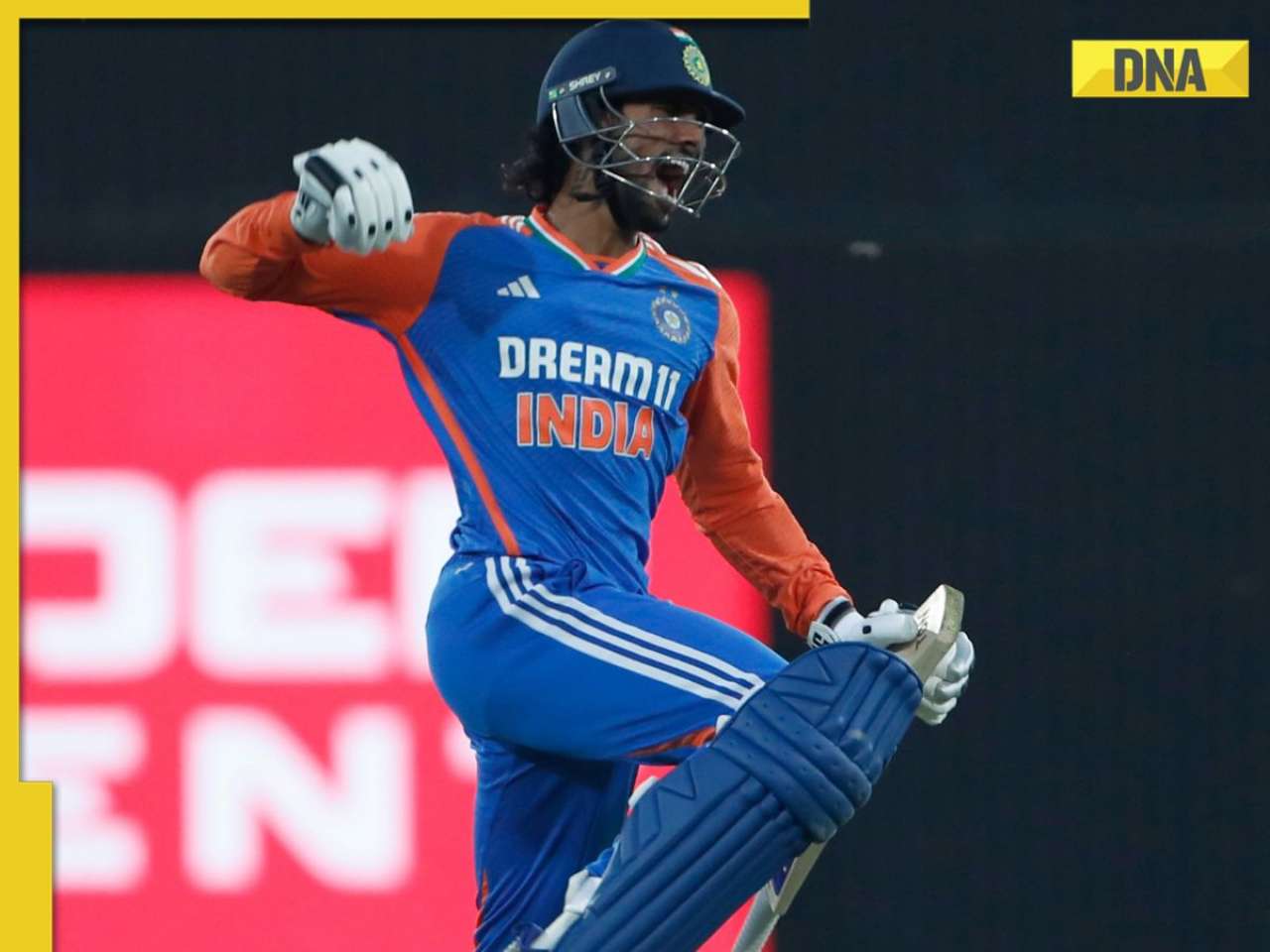
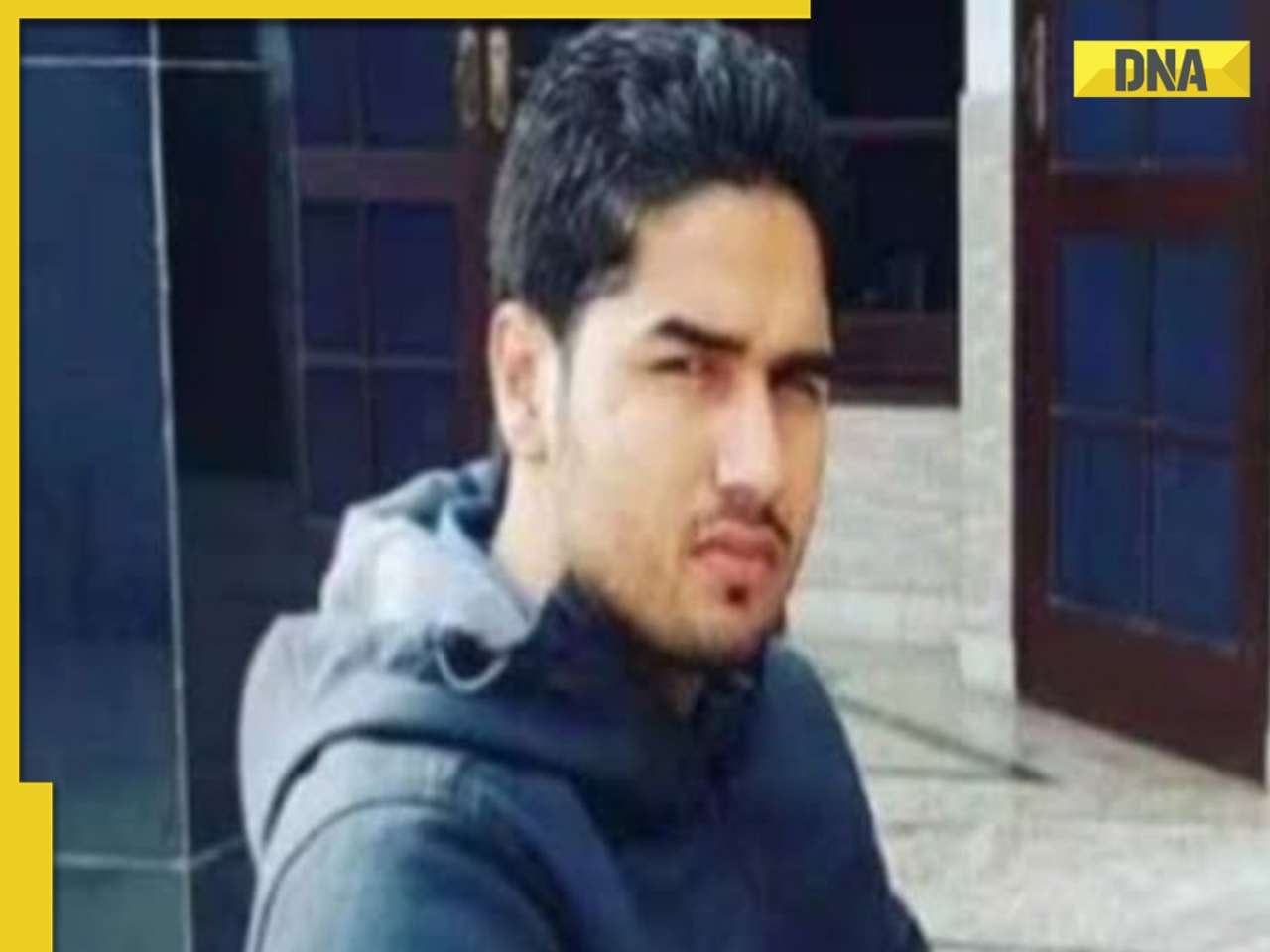
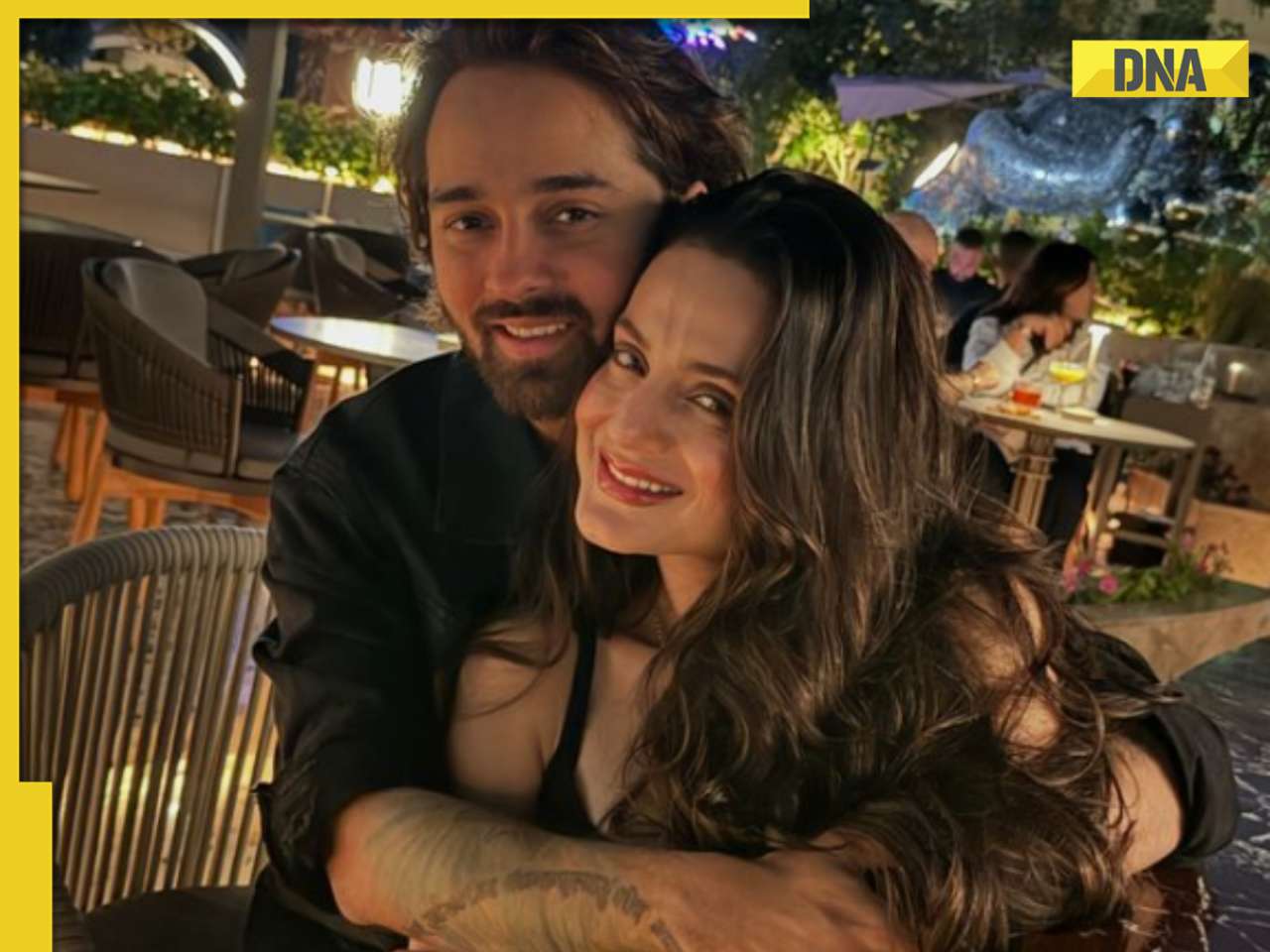
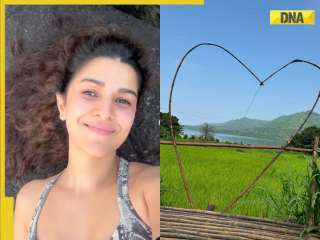


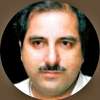
)
)
)
)
)
)
)
)
)
)
)
)
)
)
)
)






